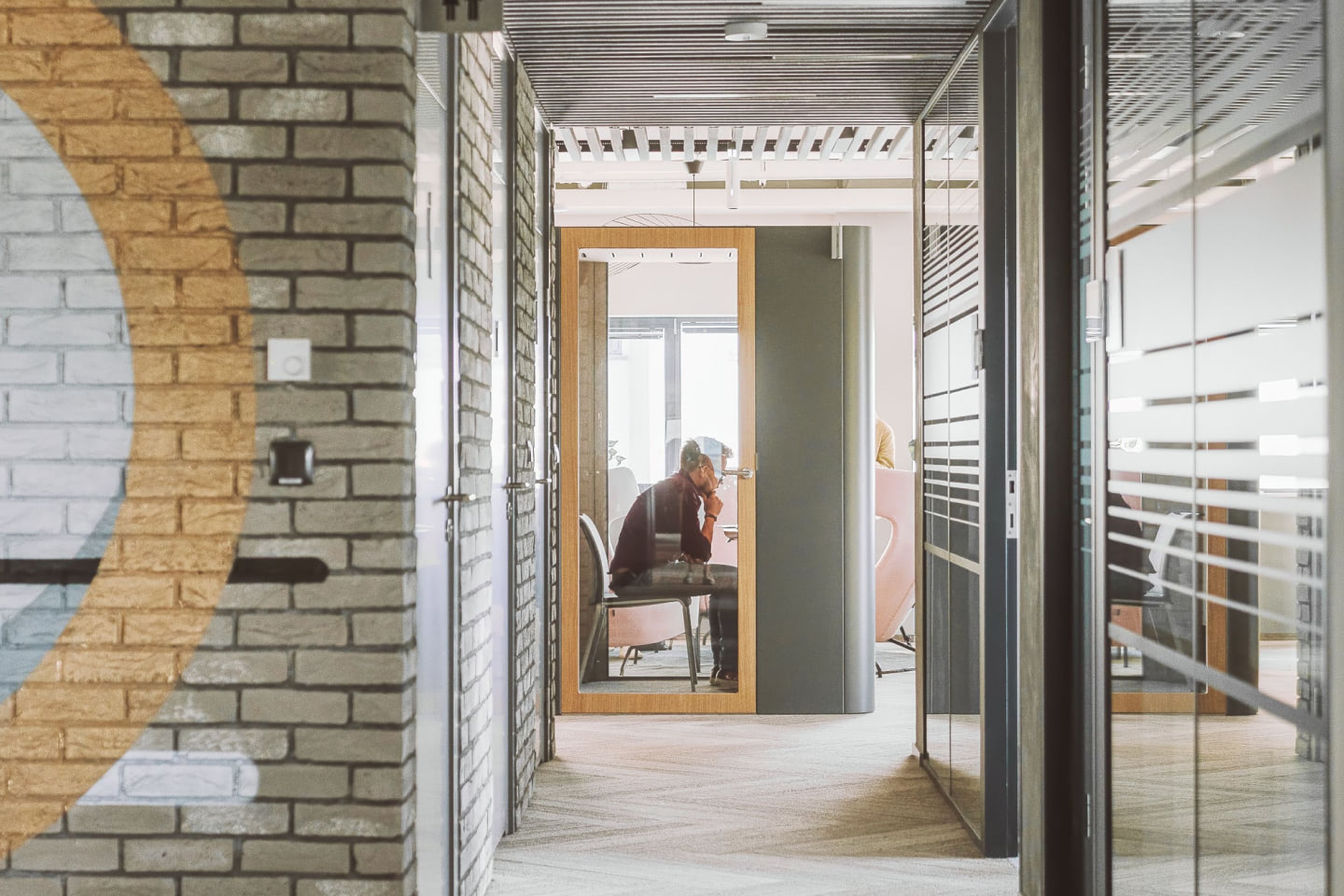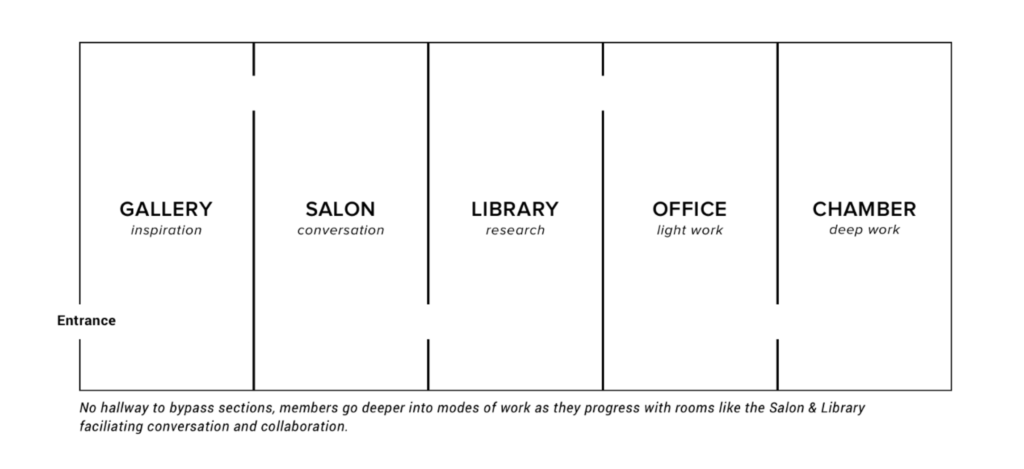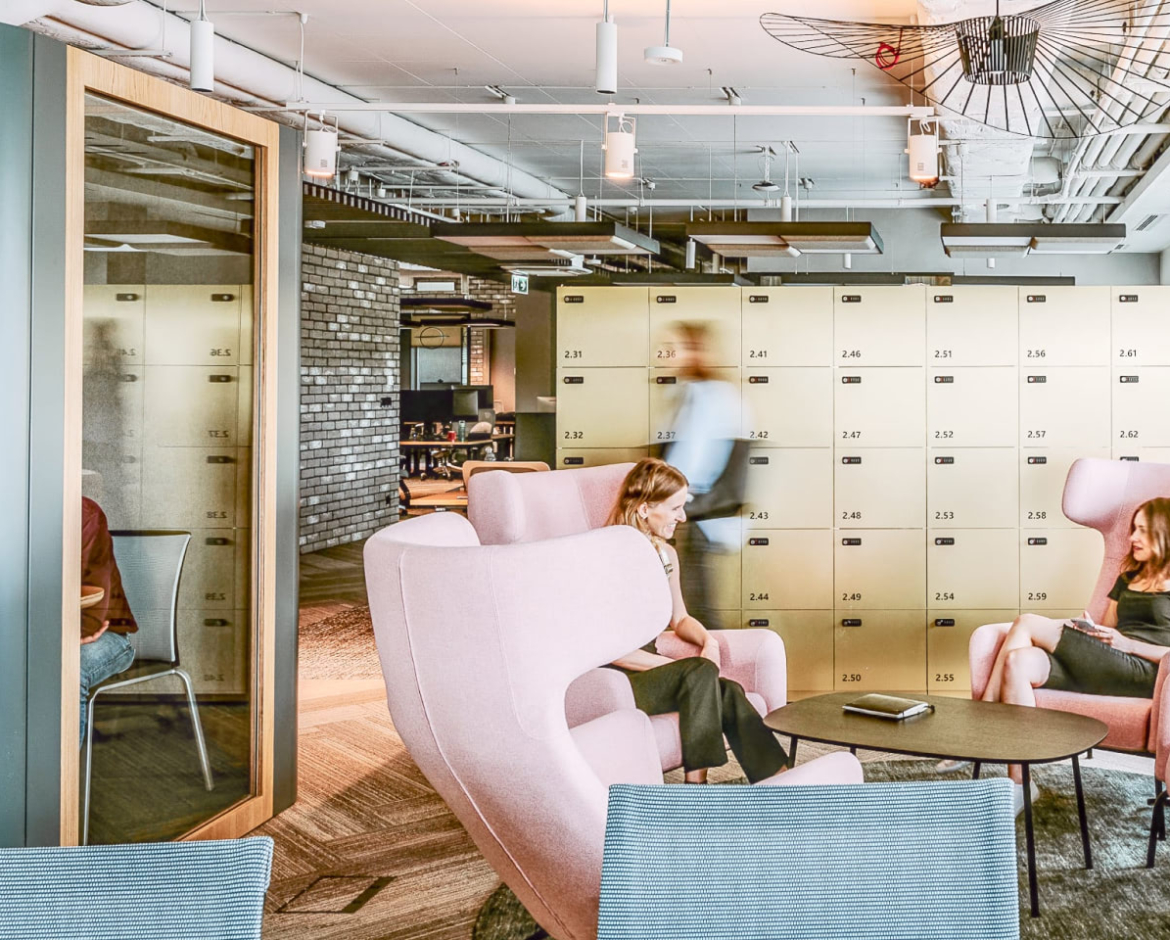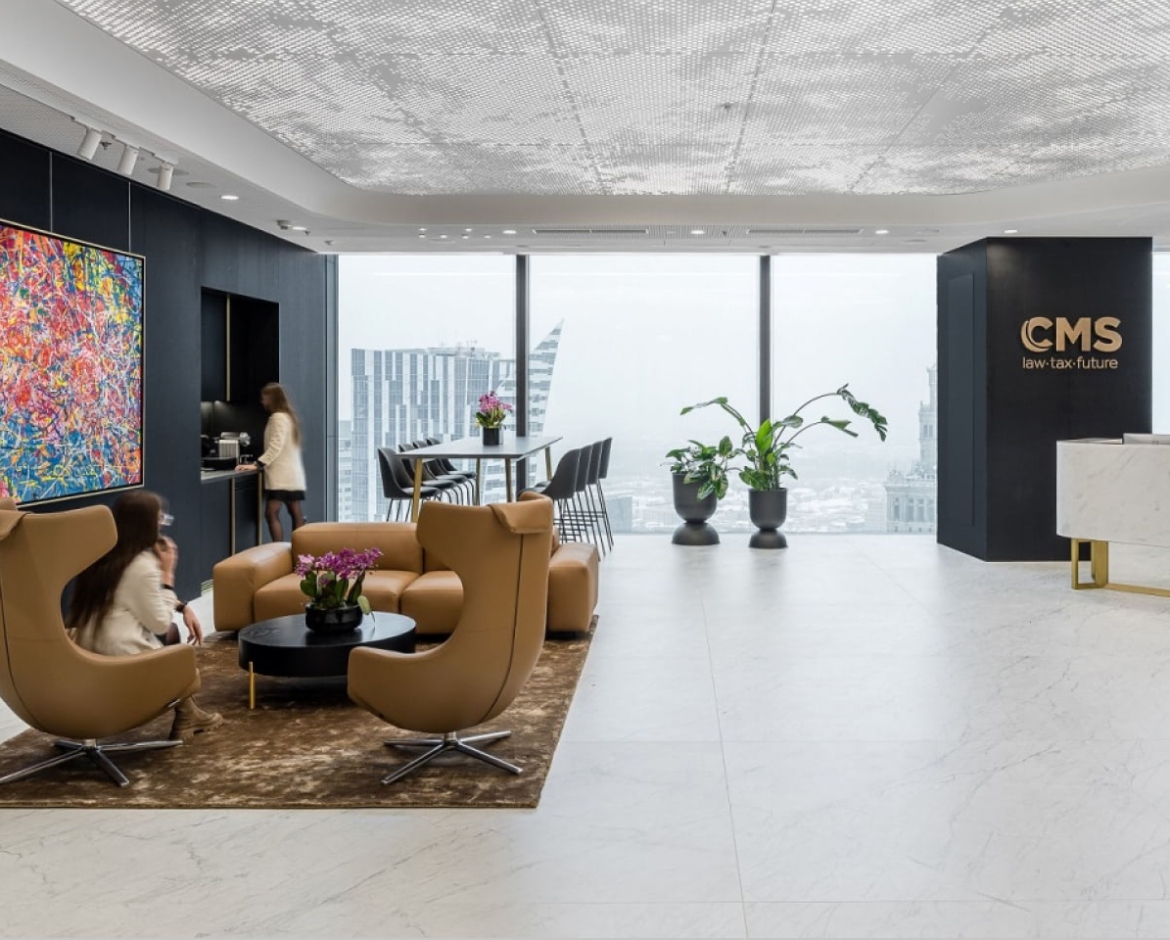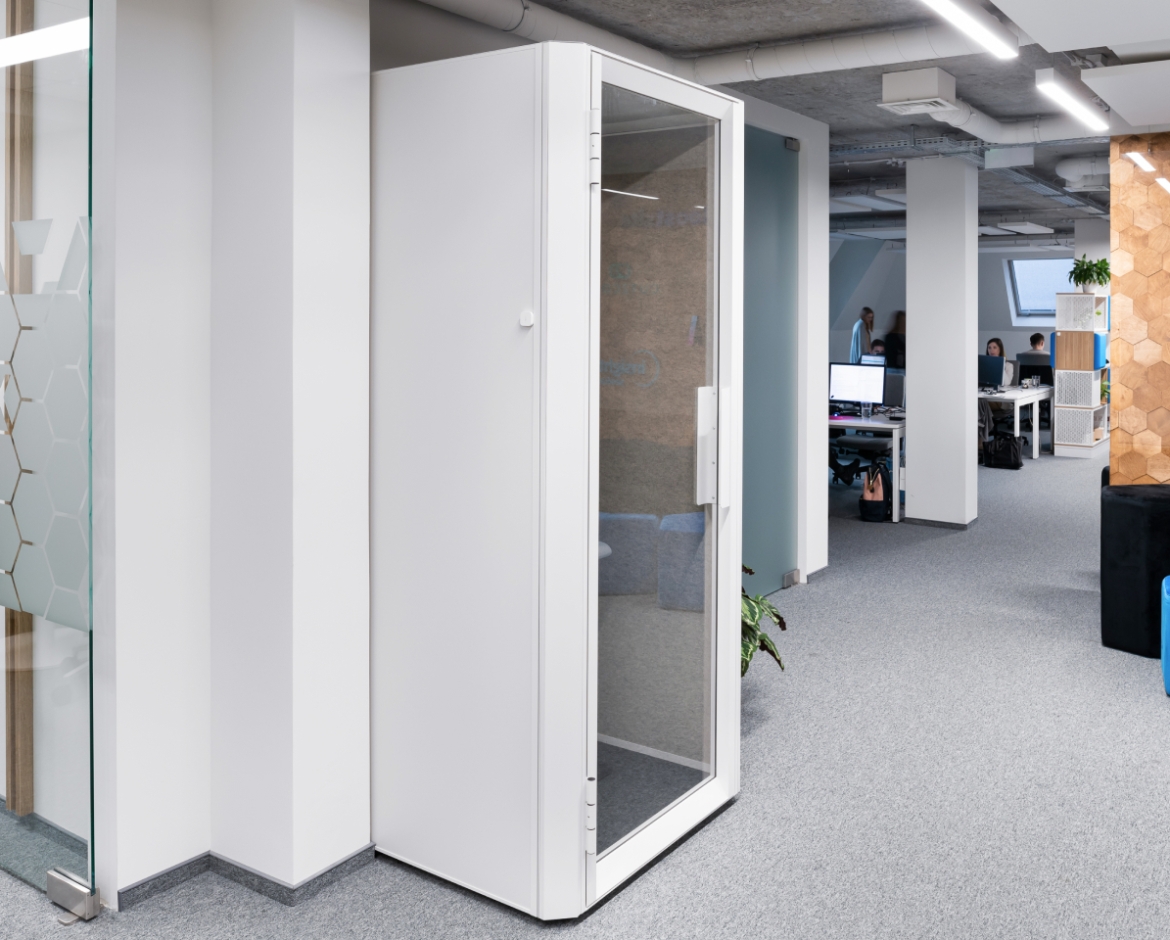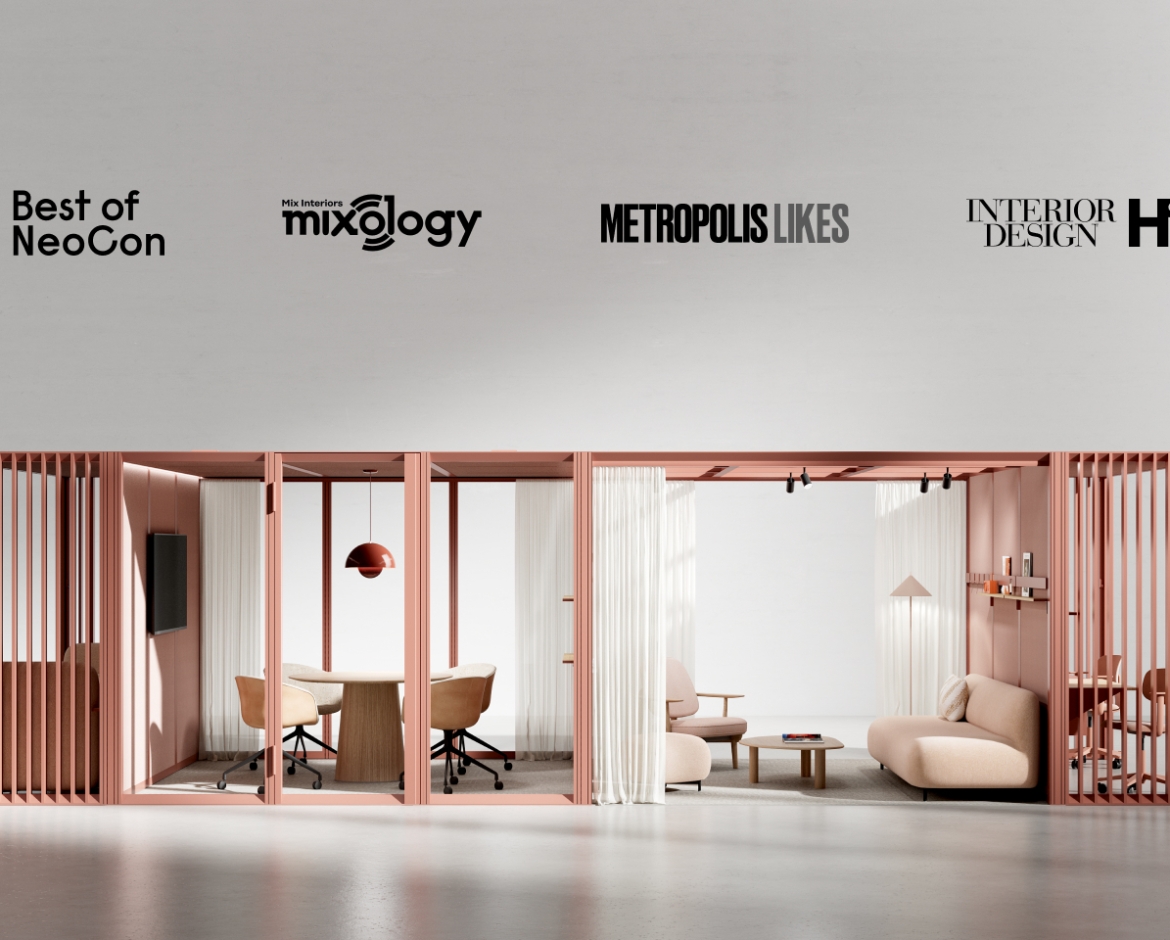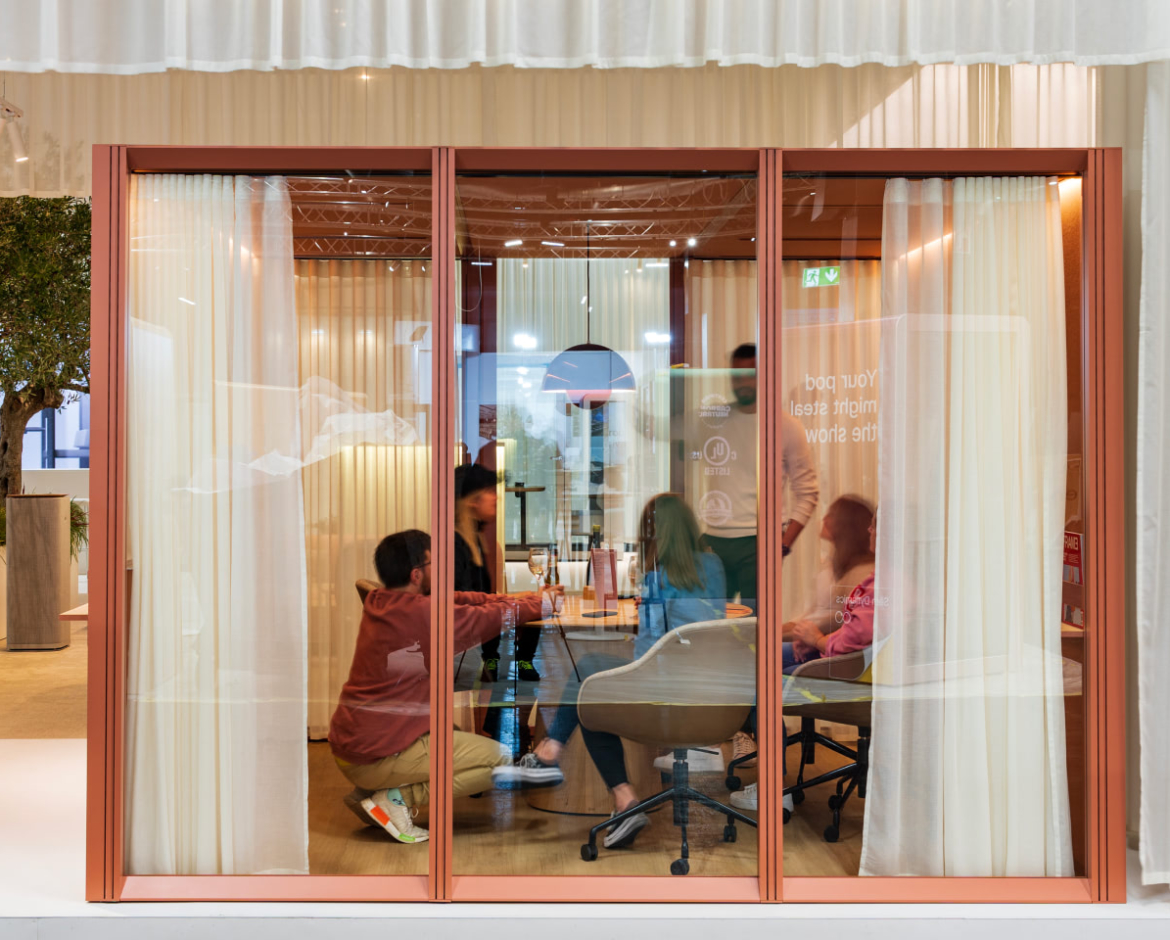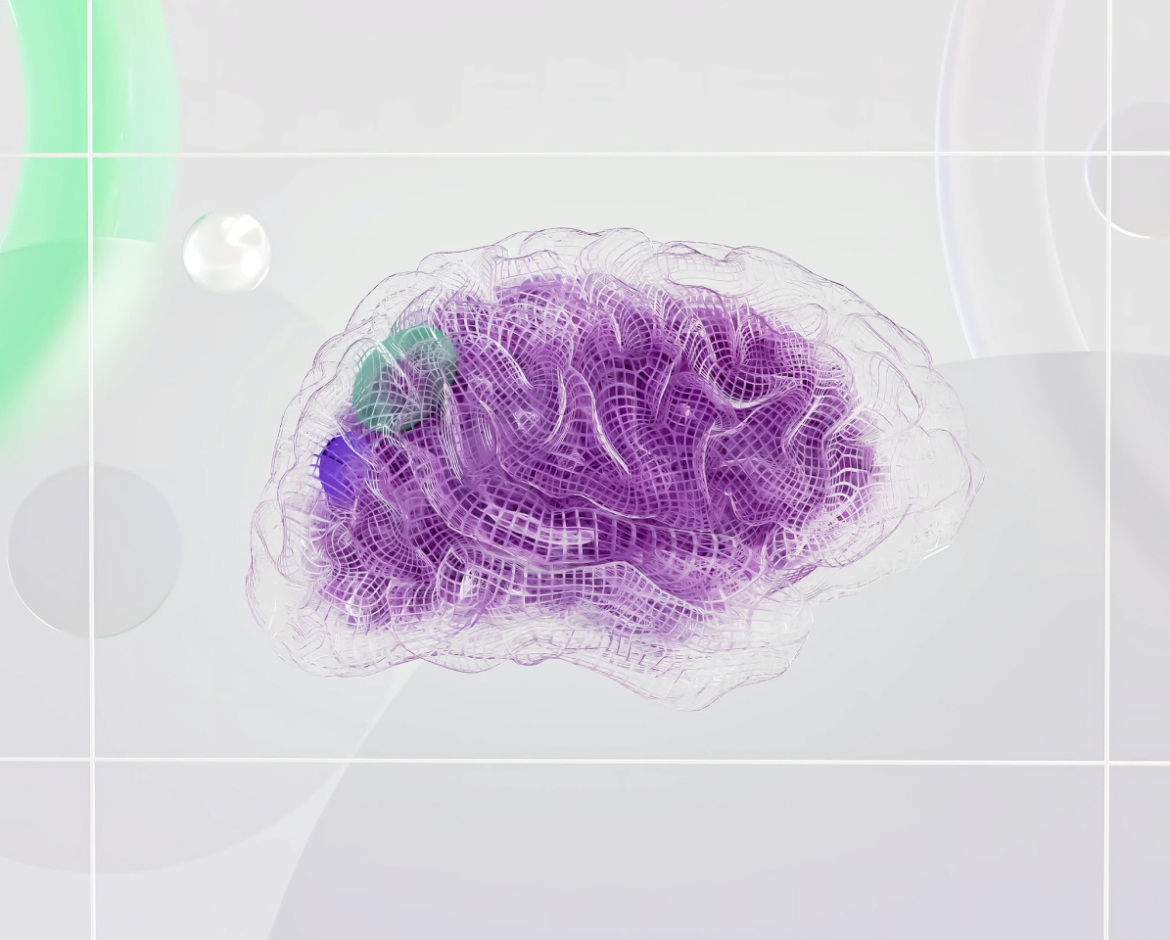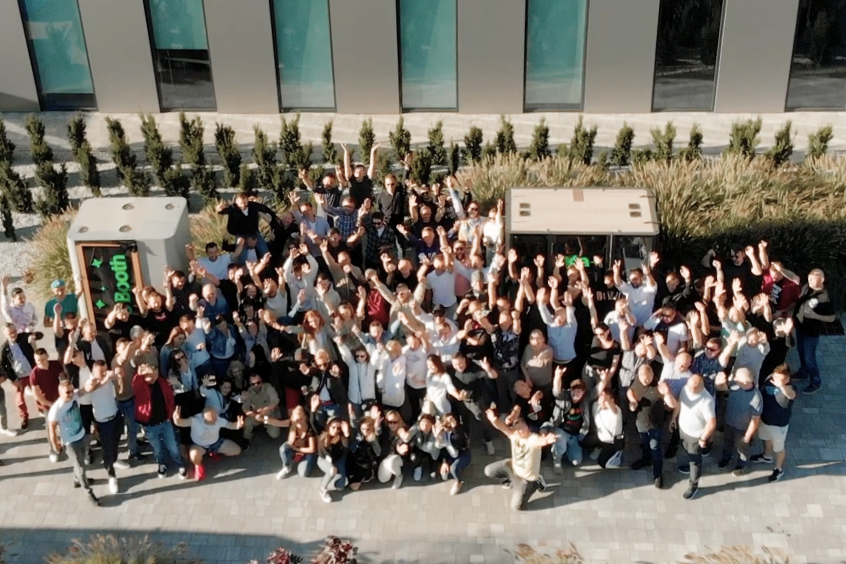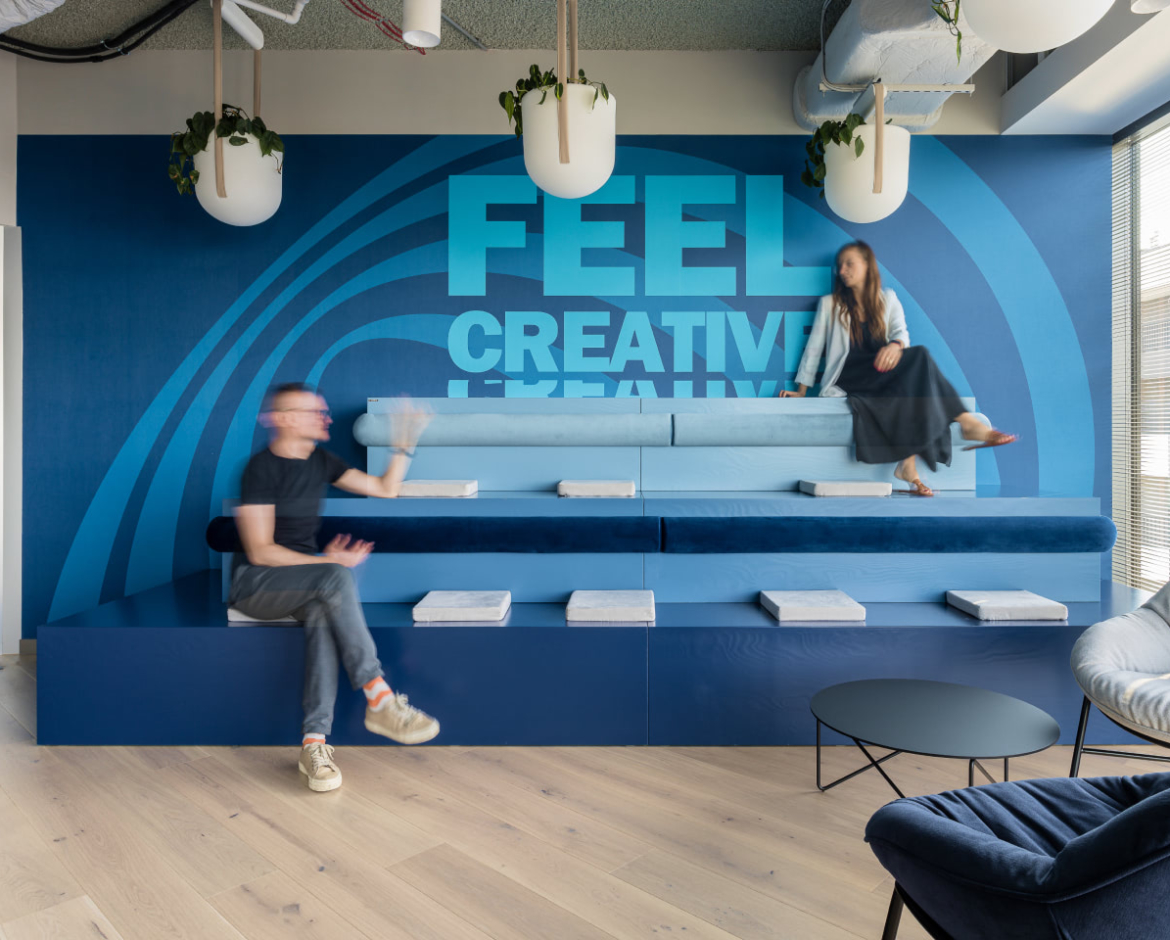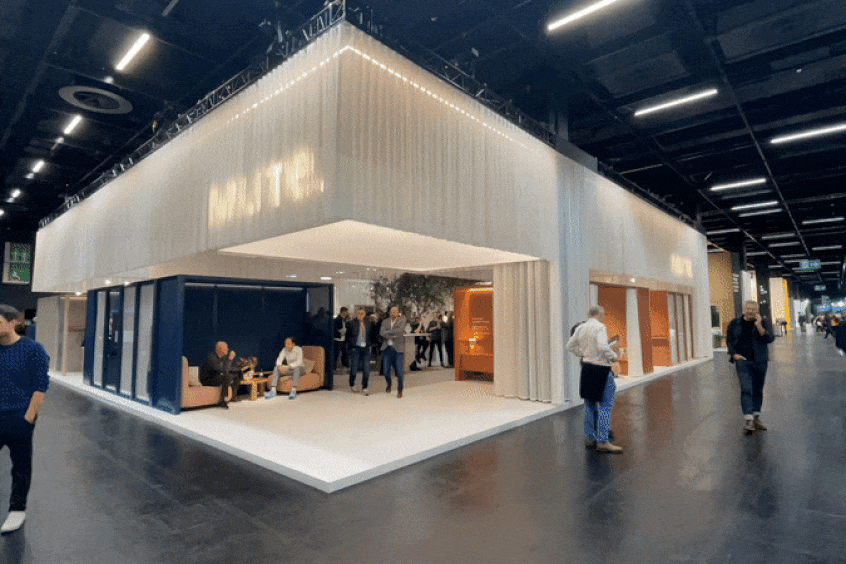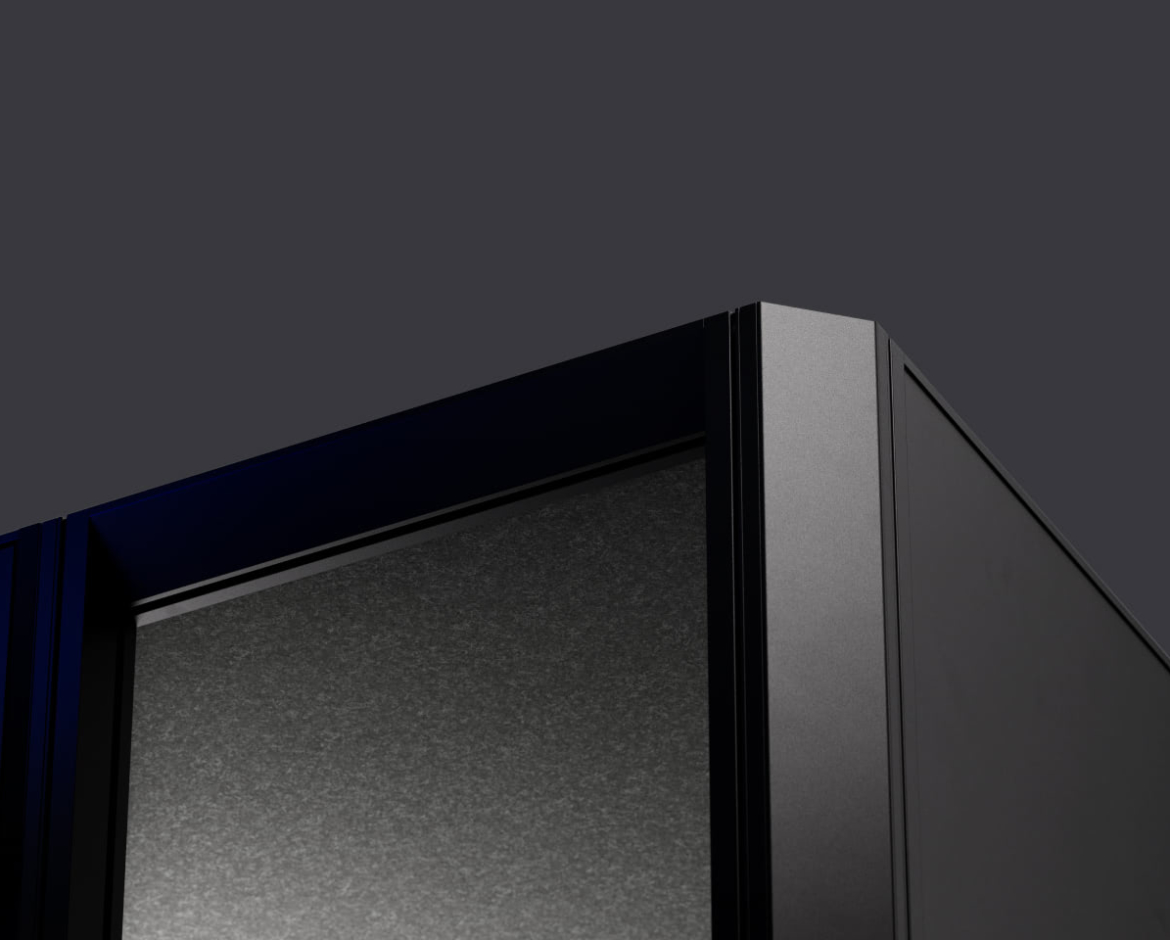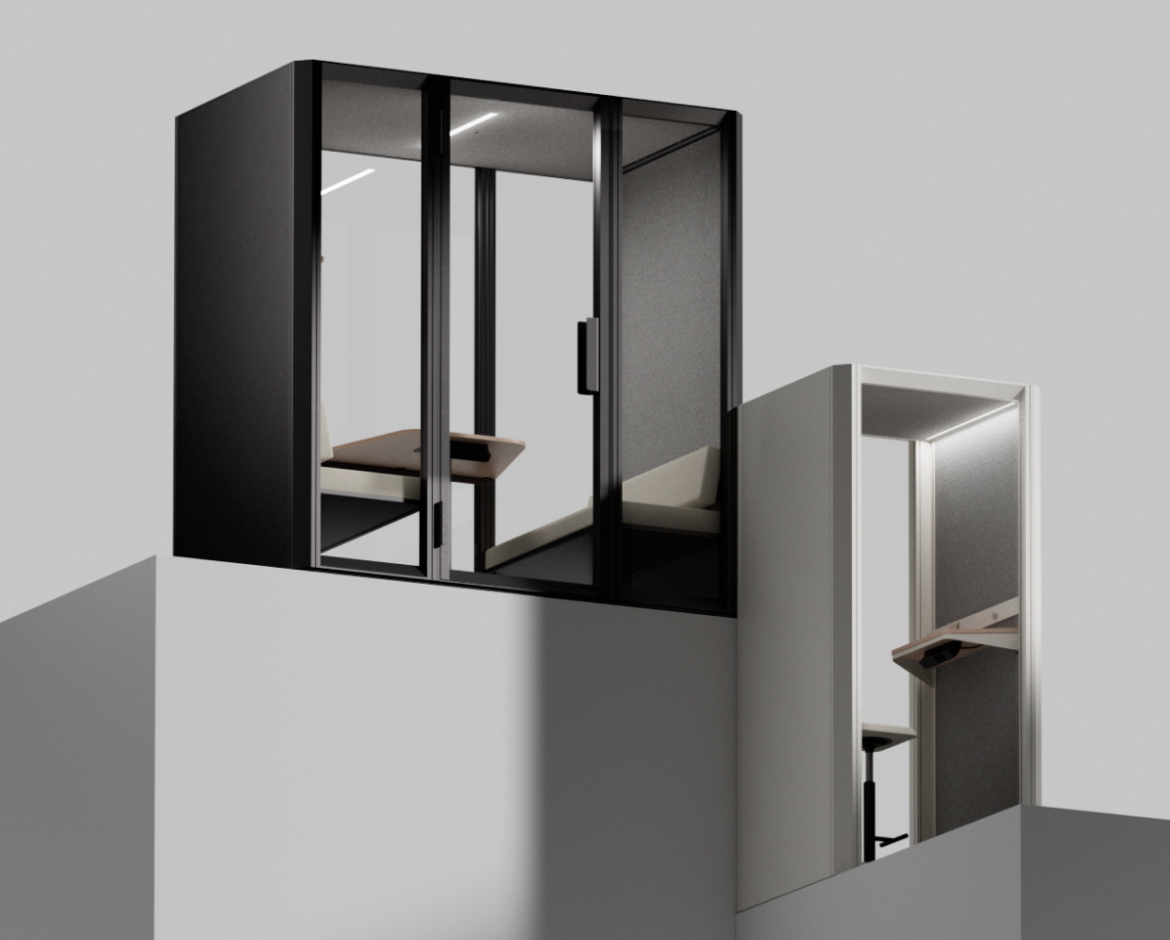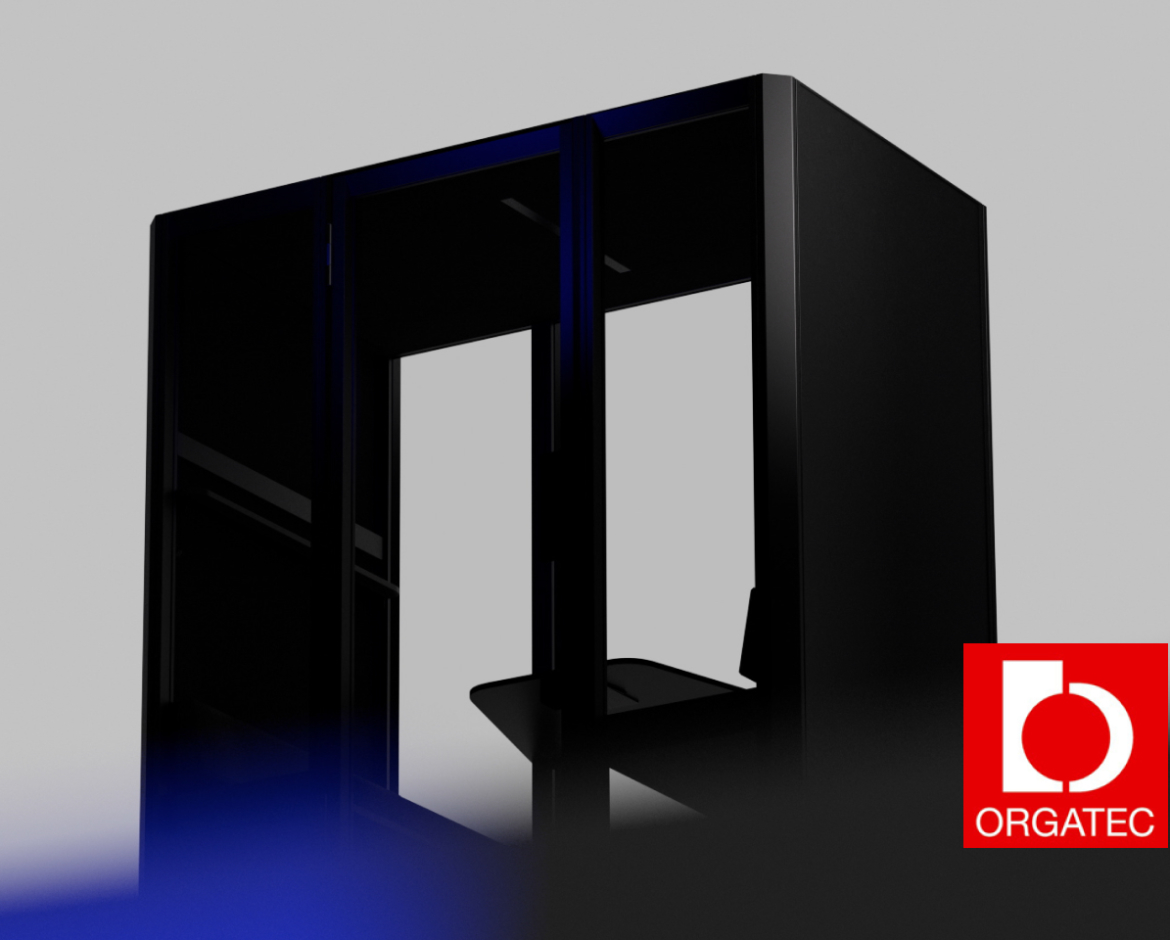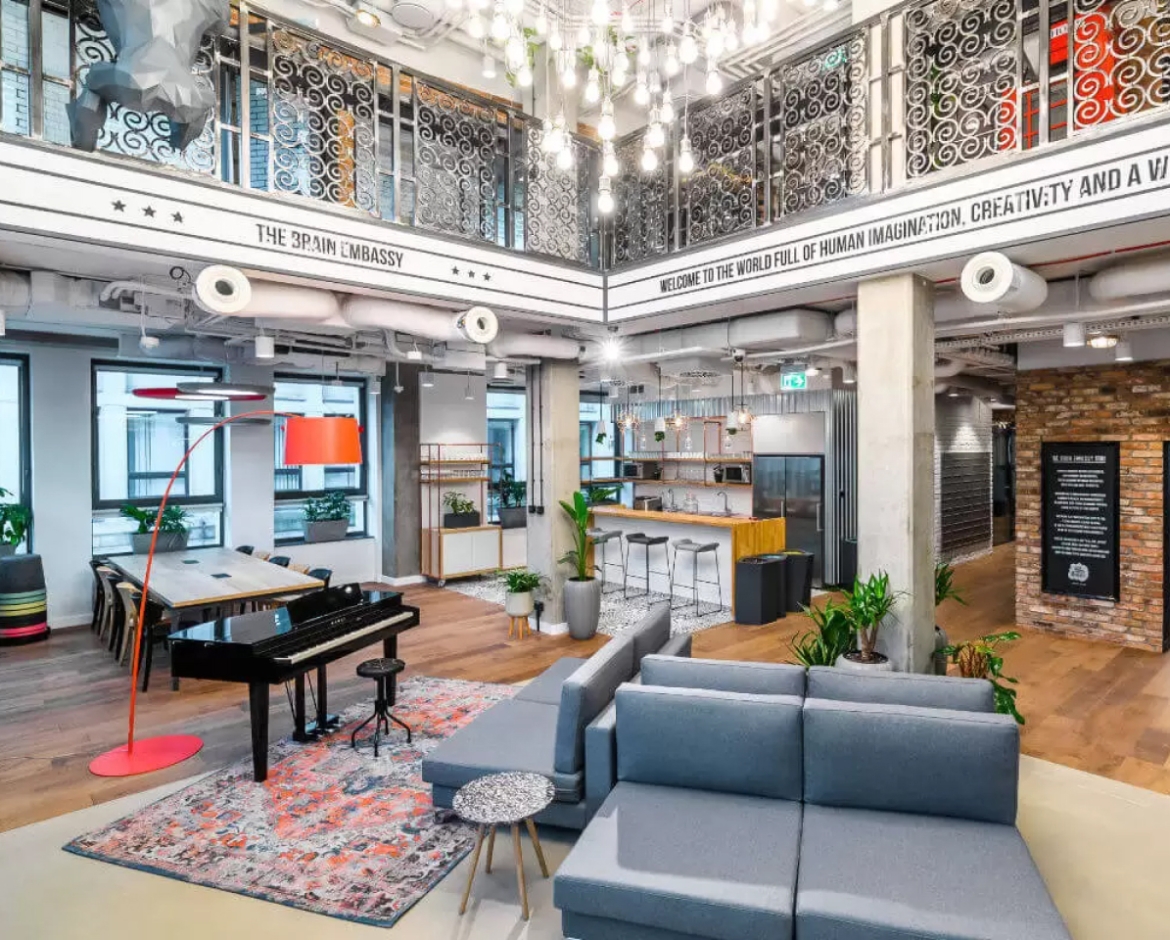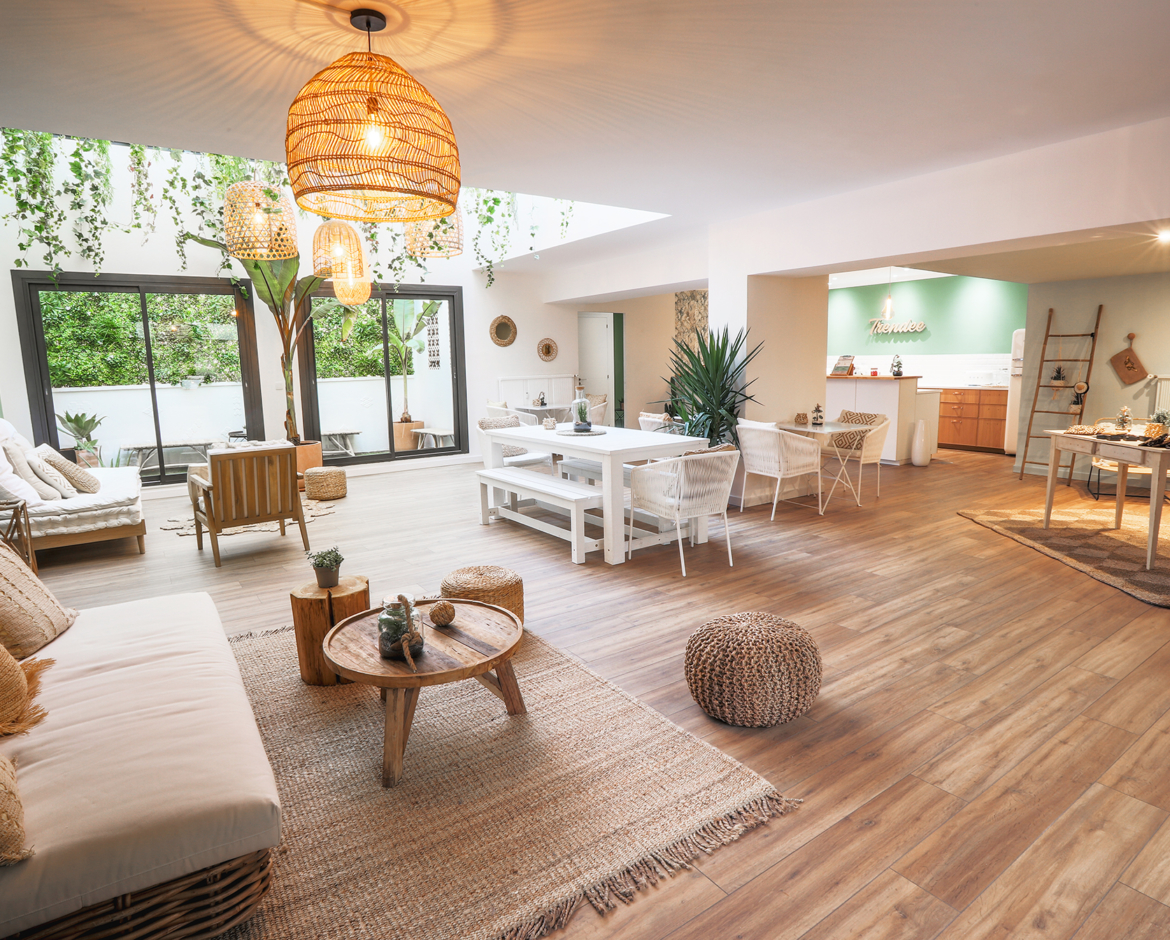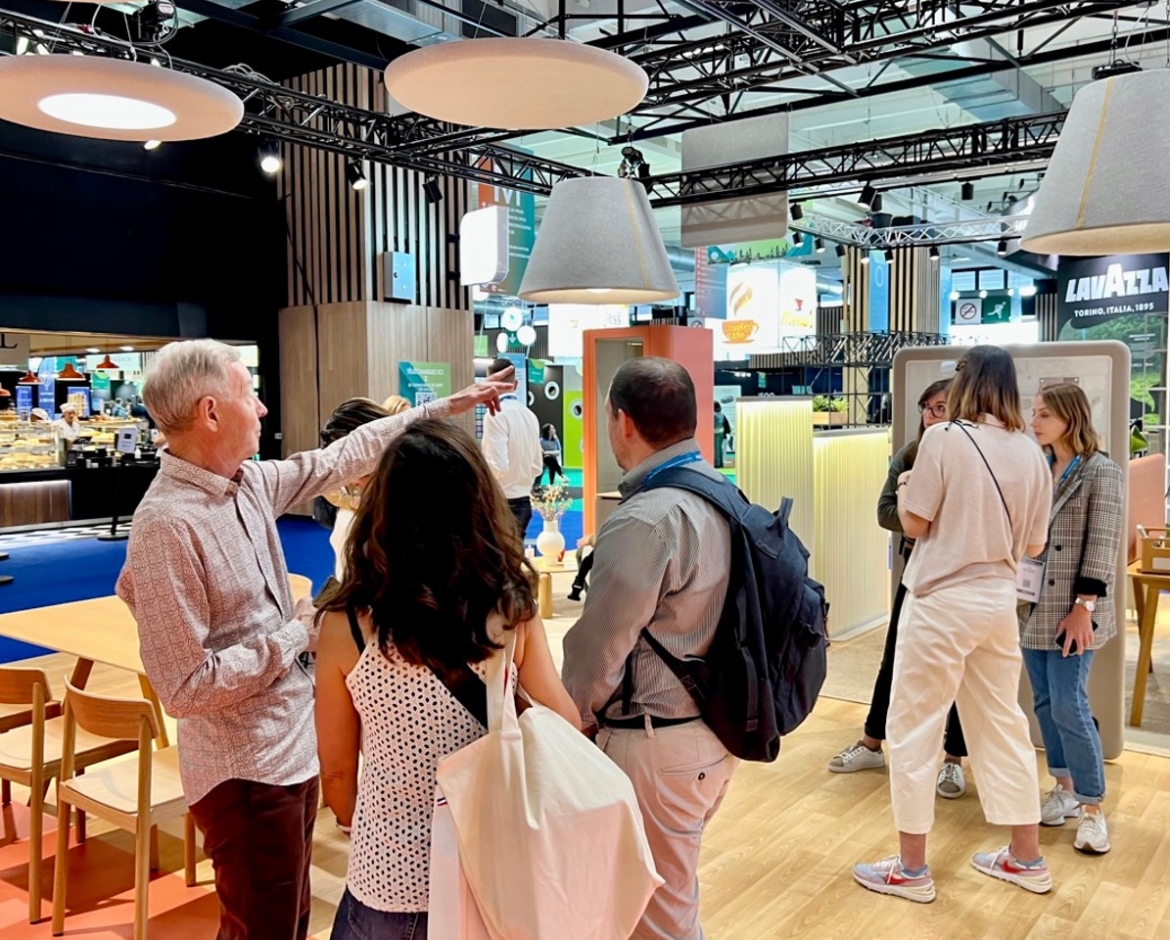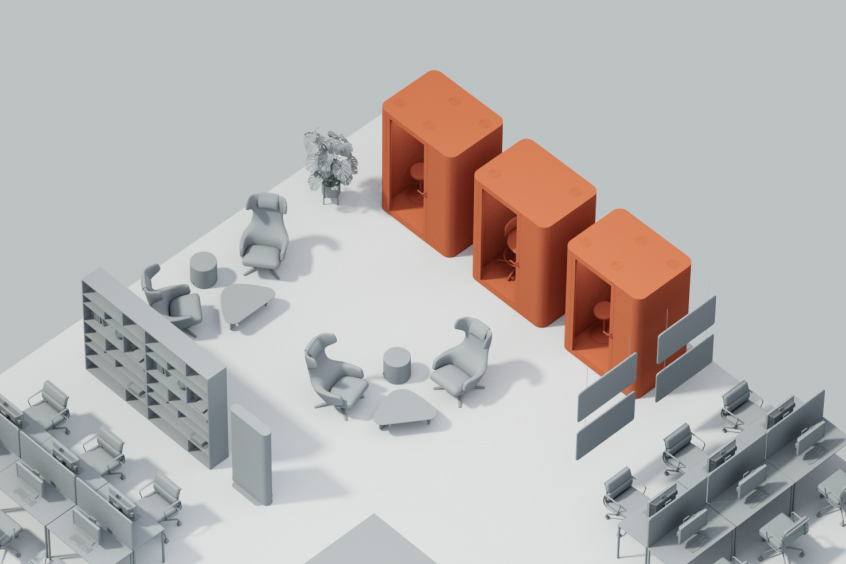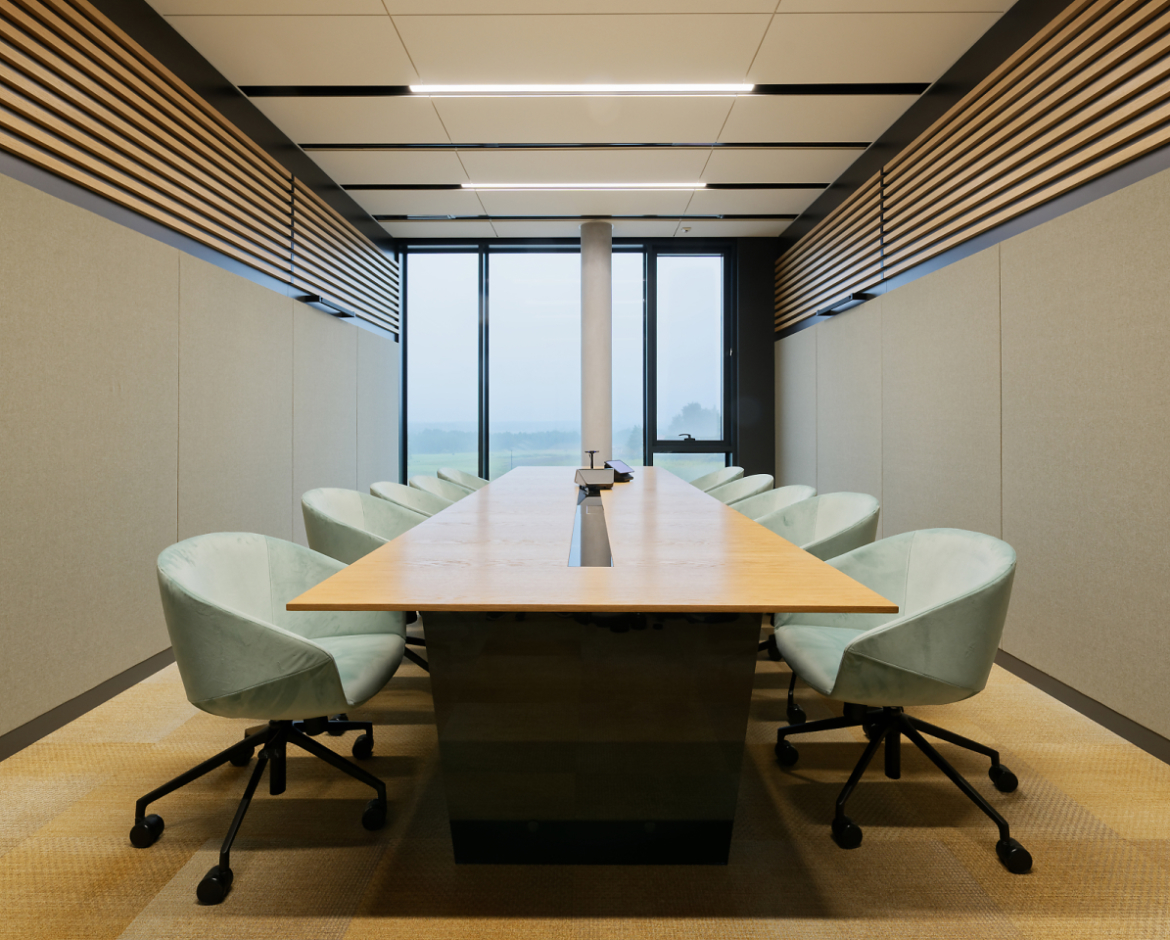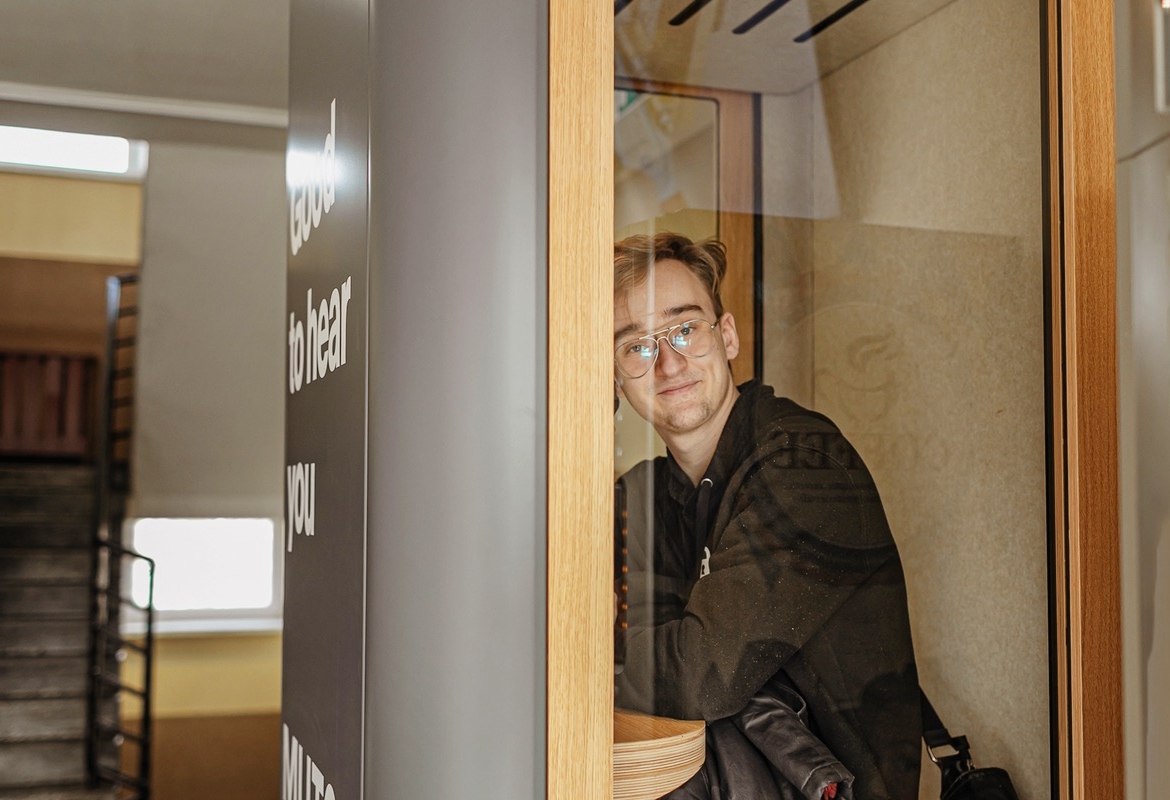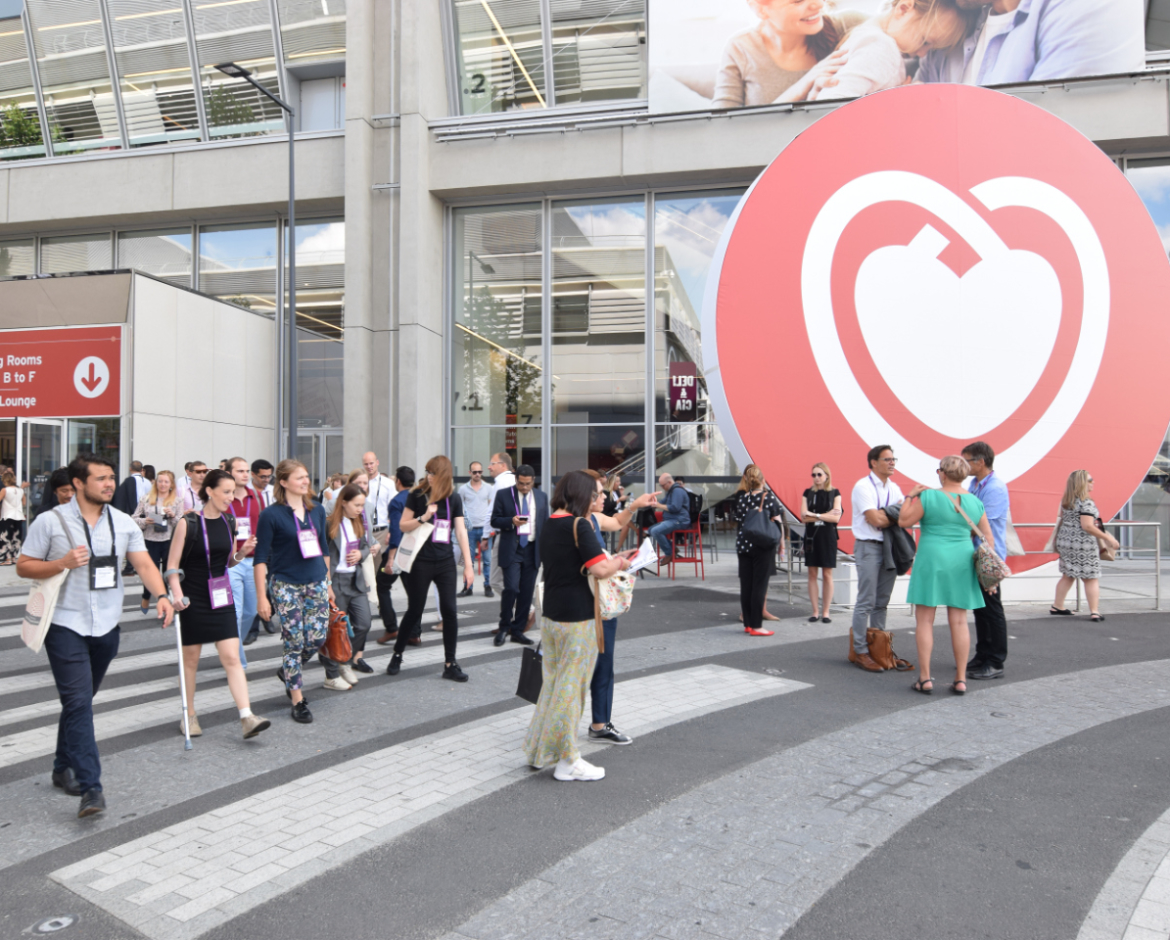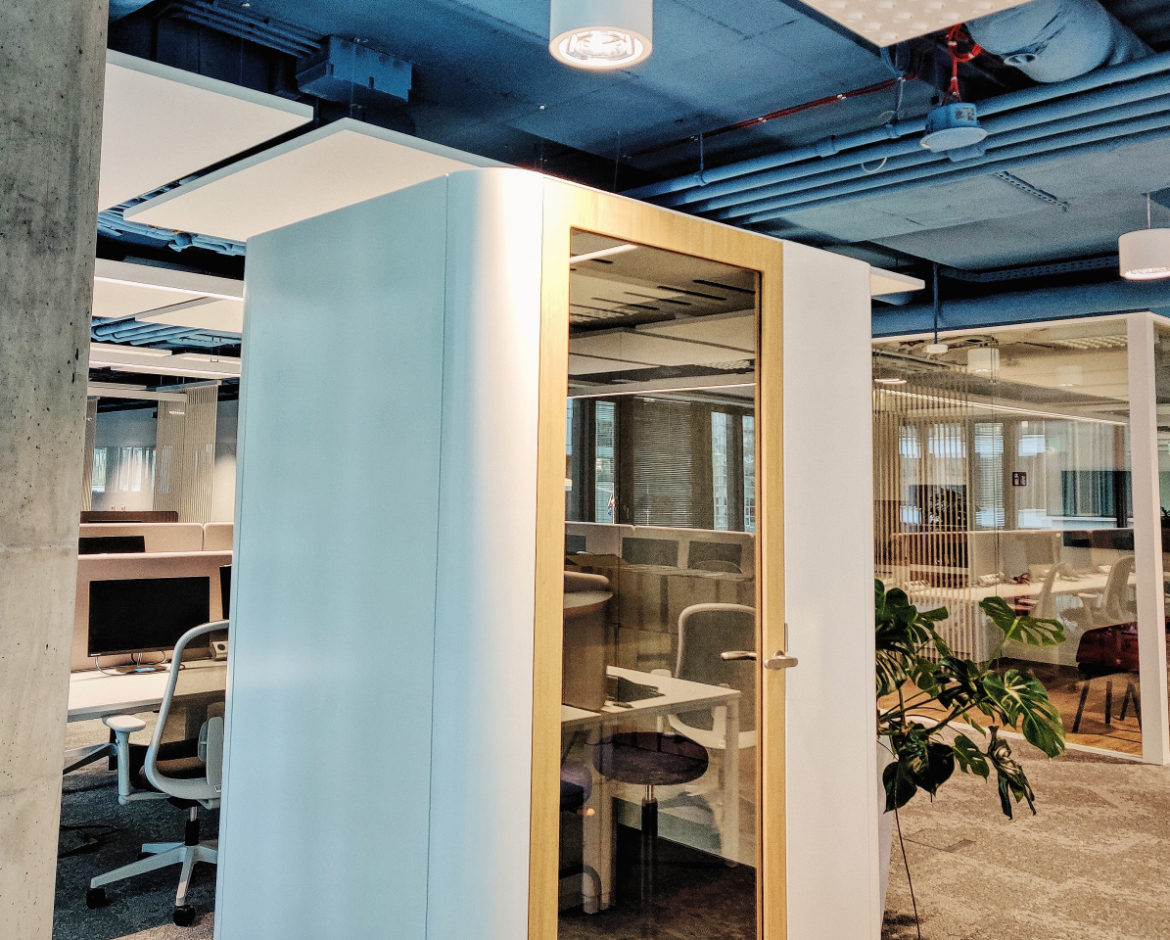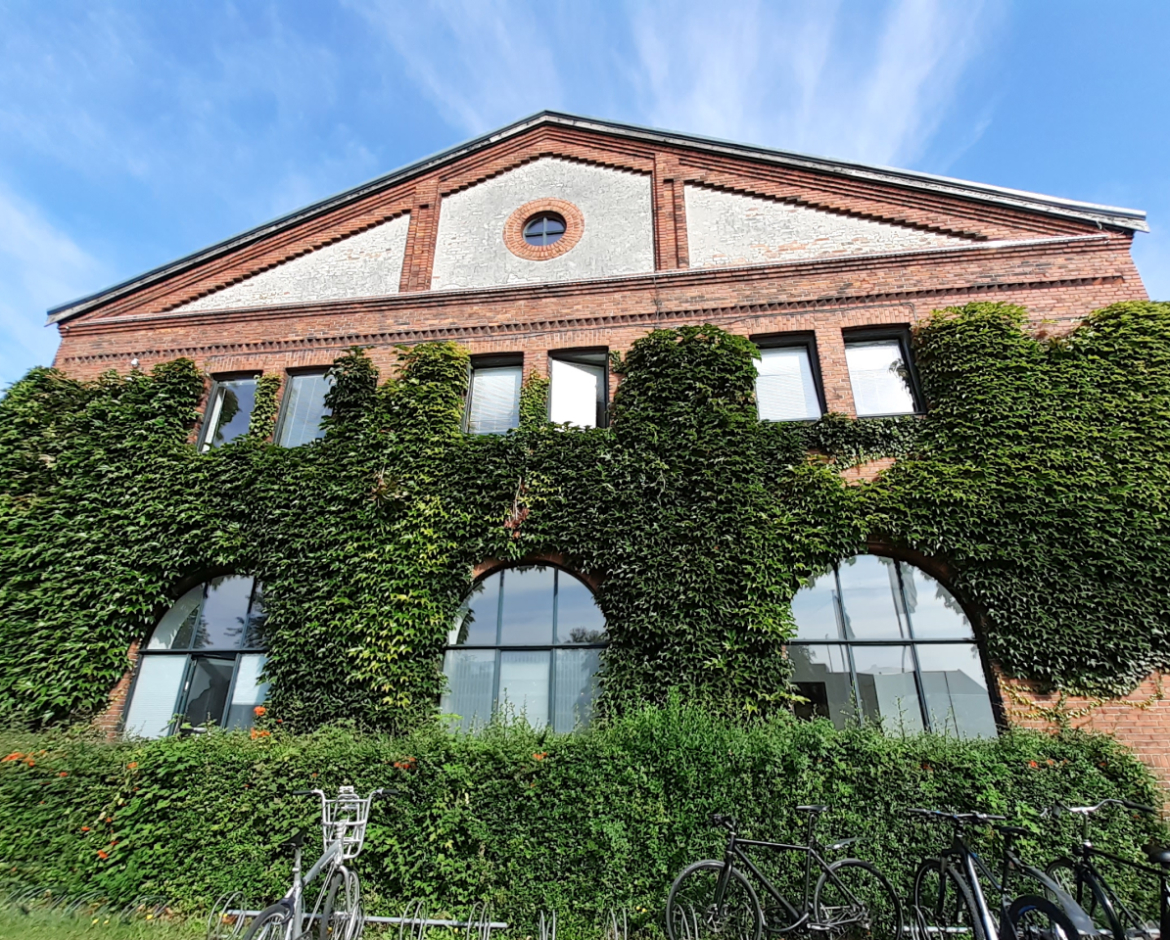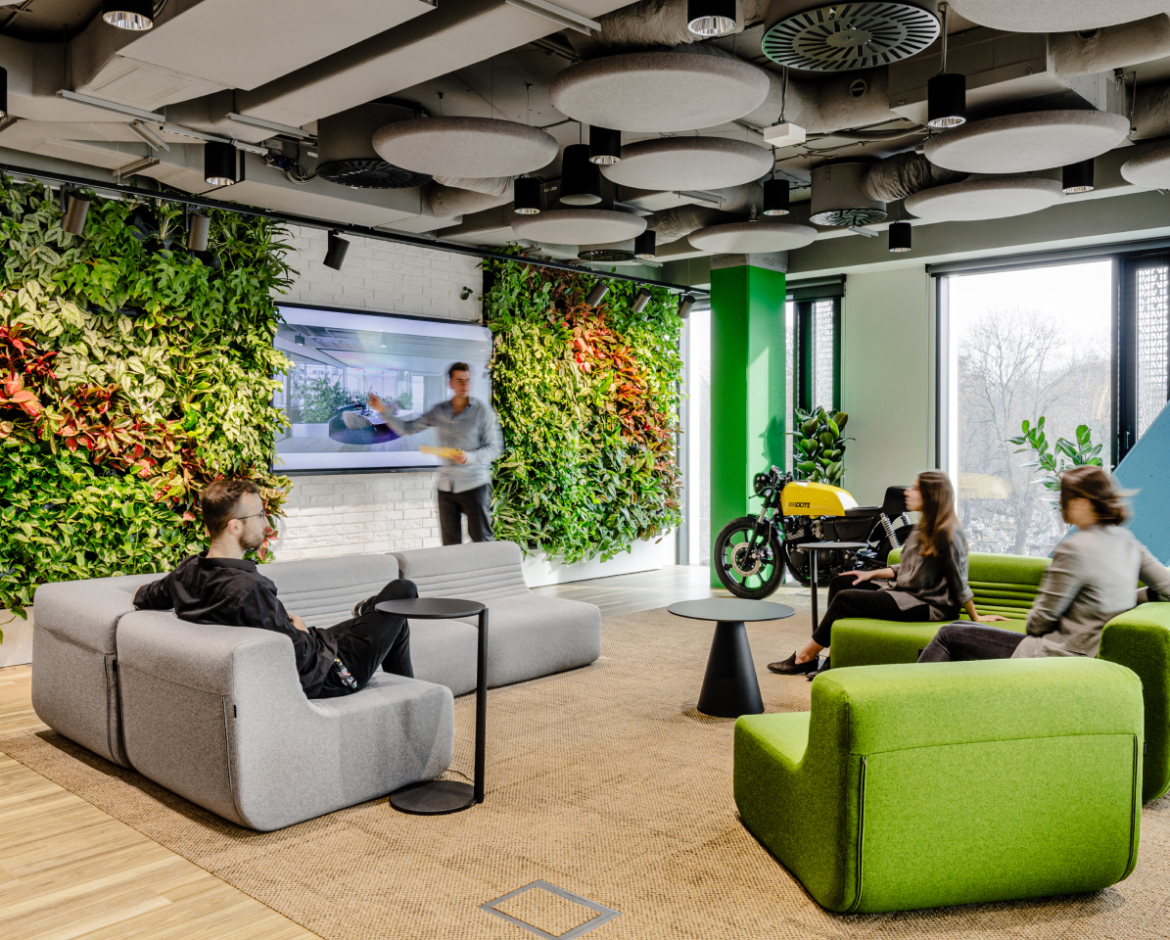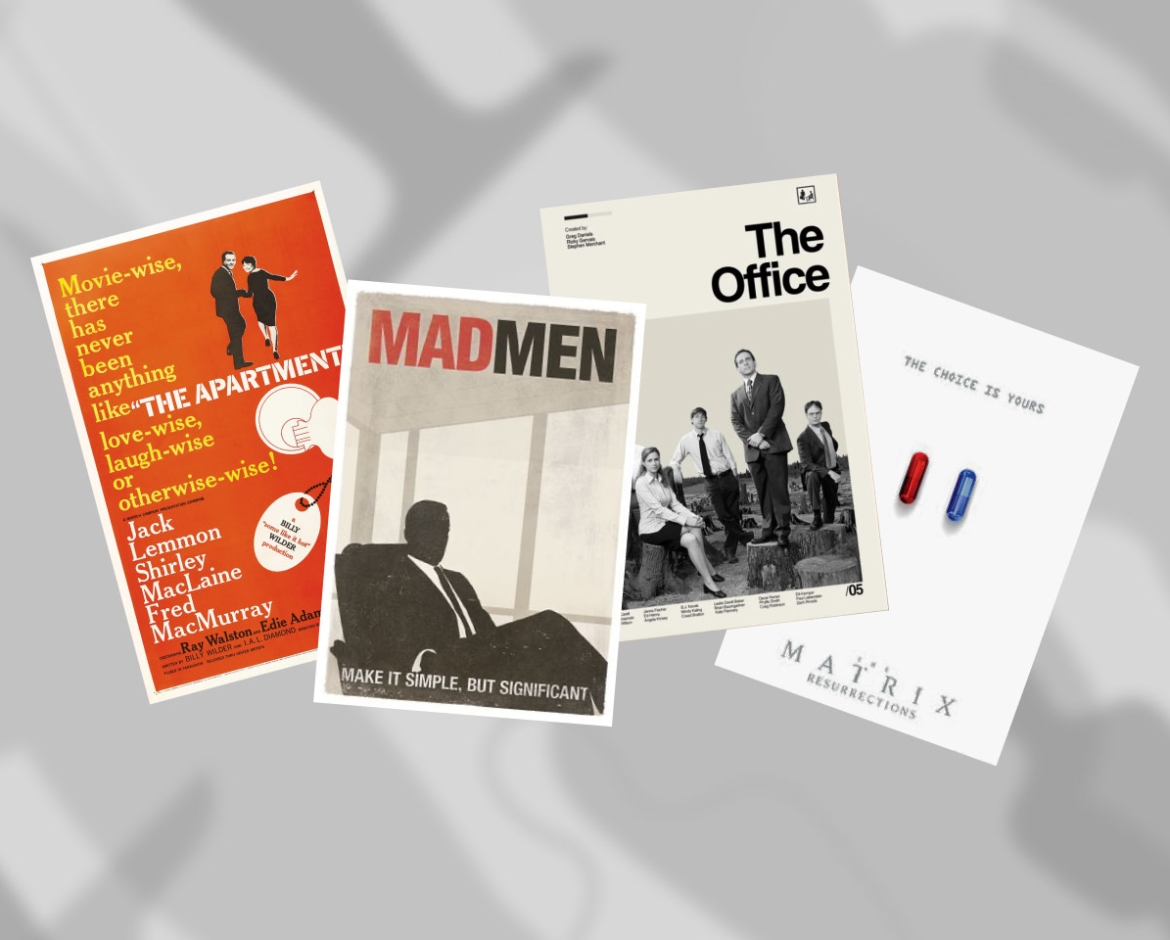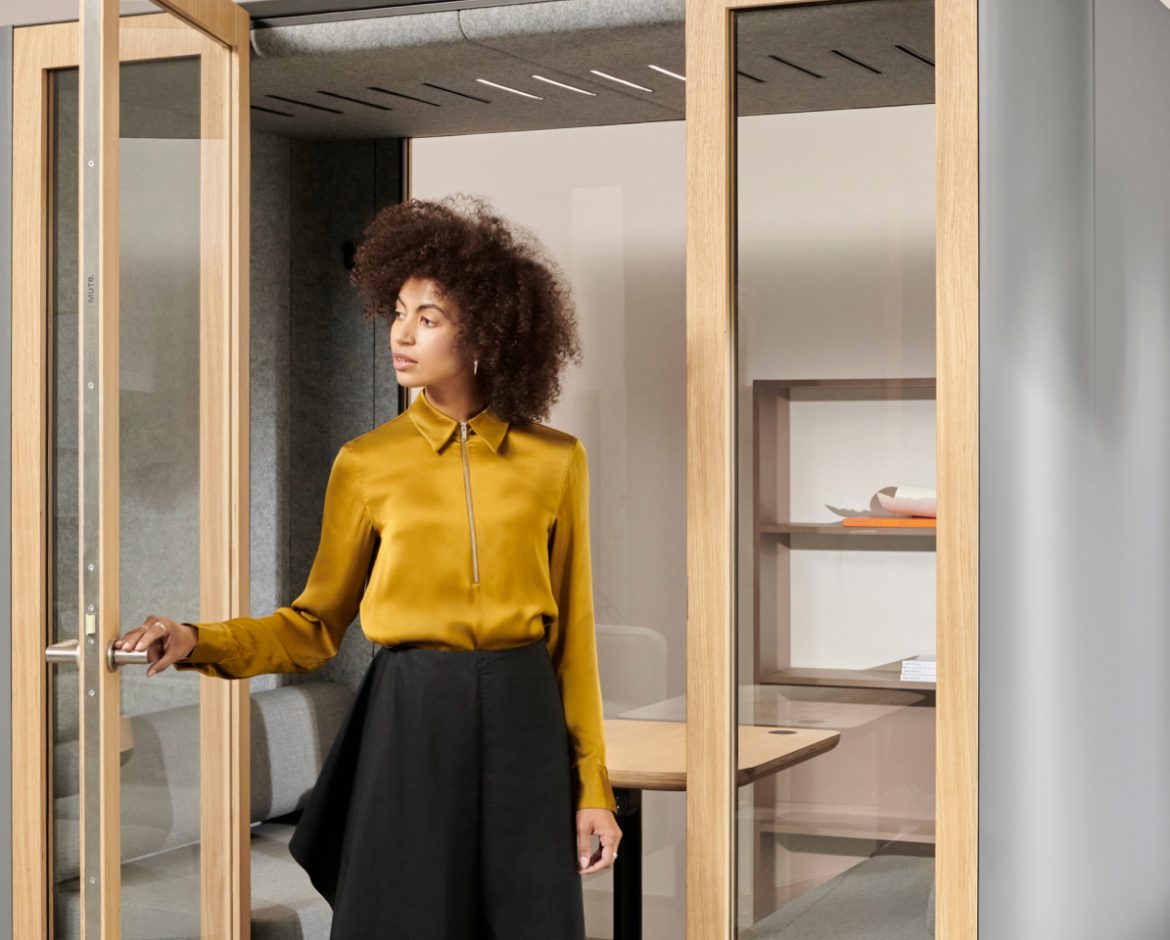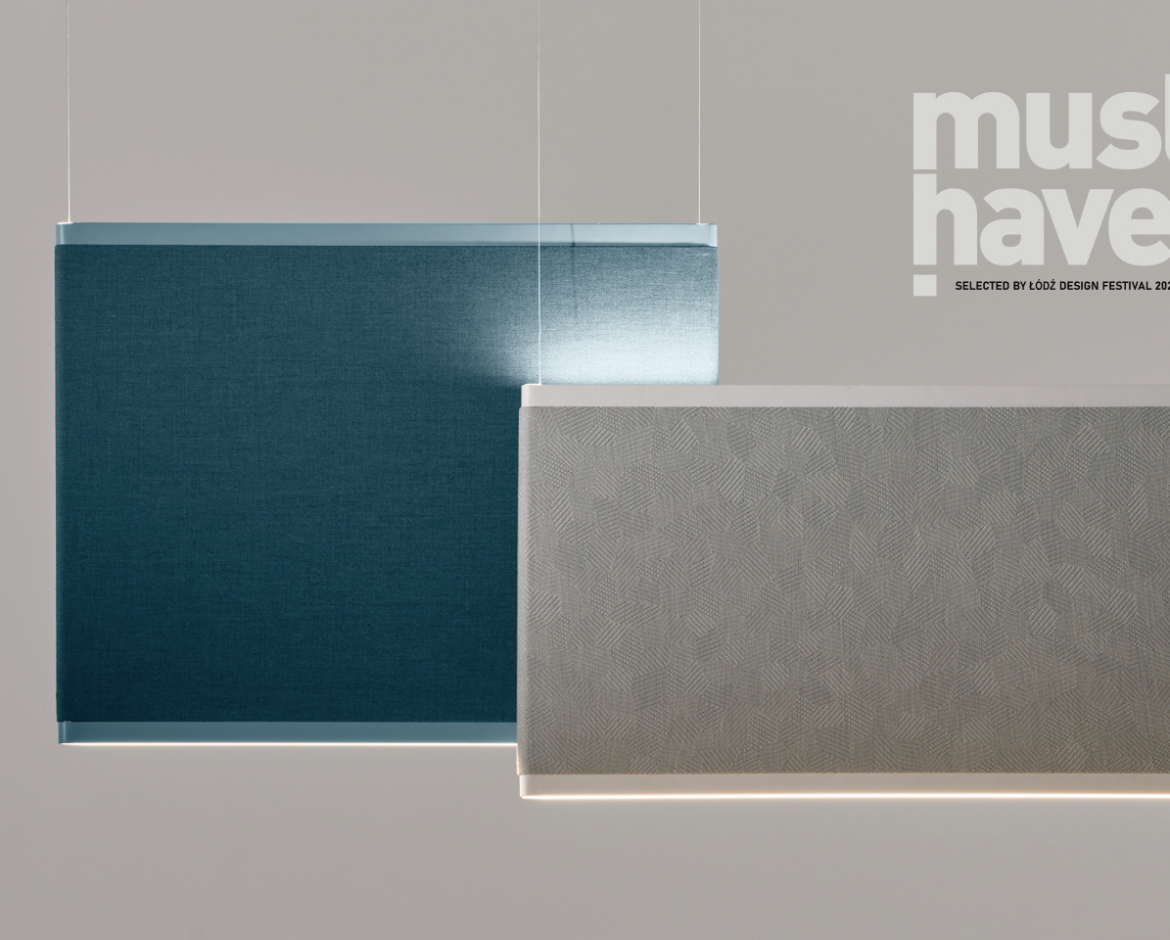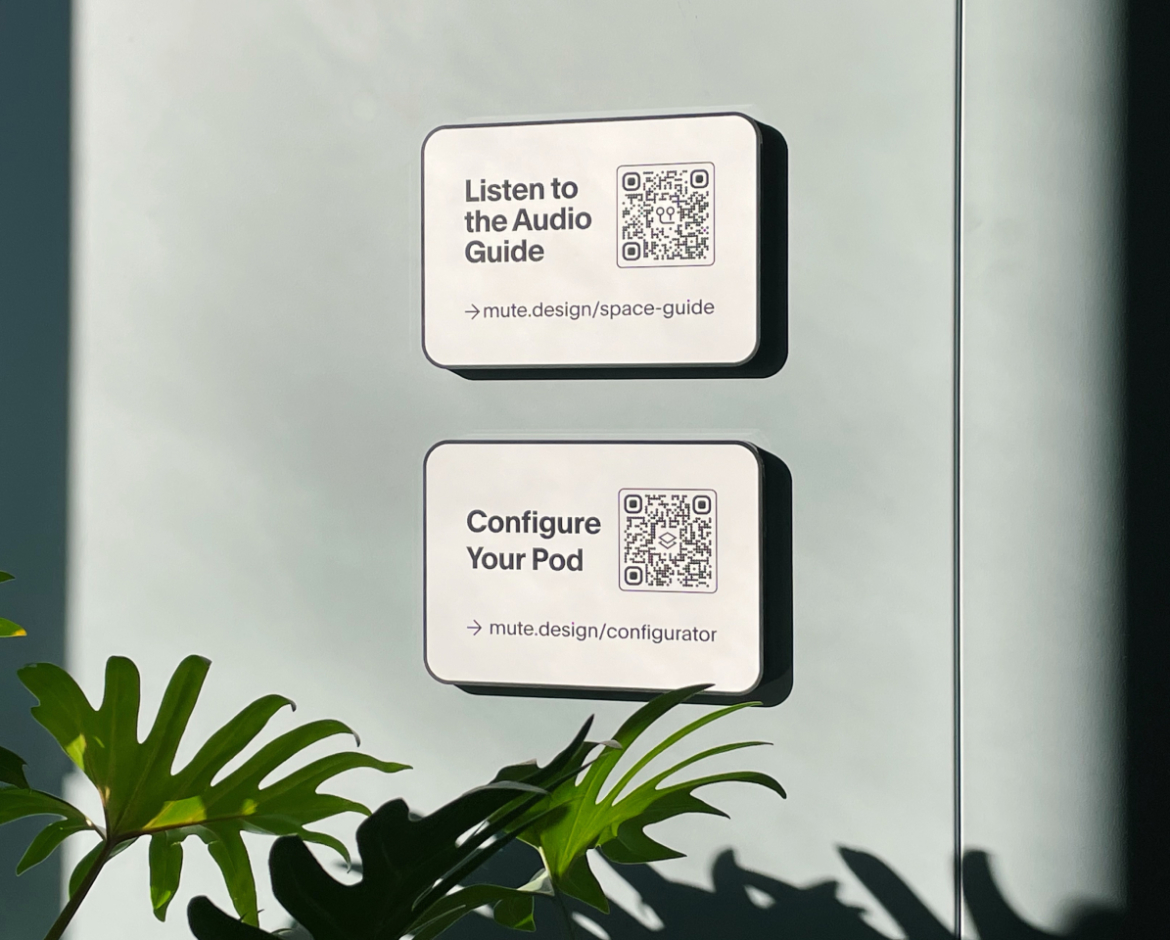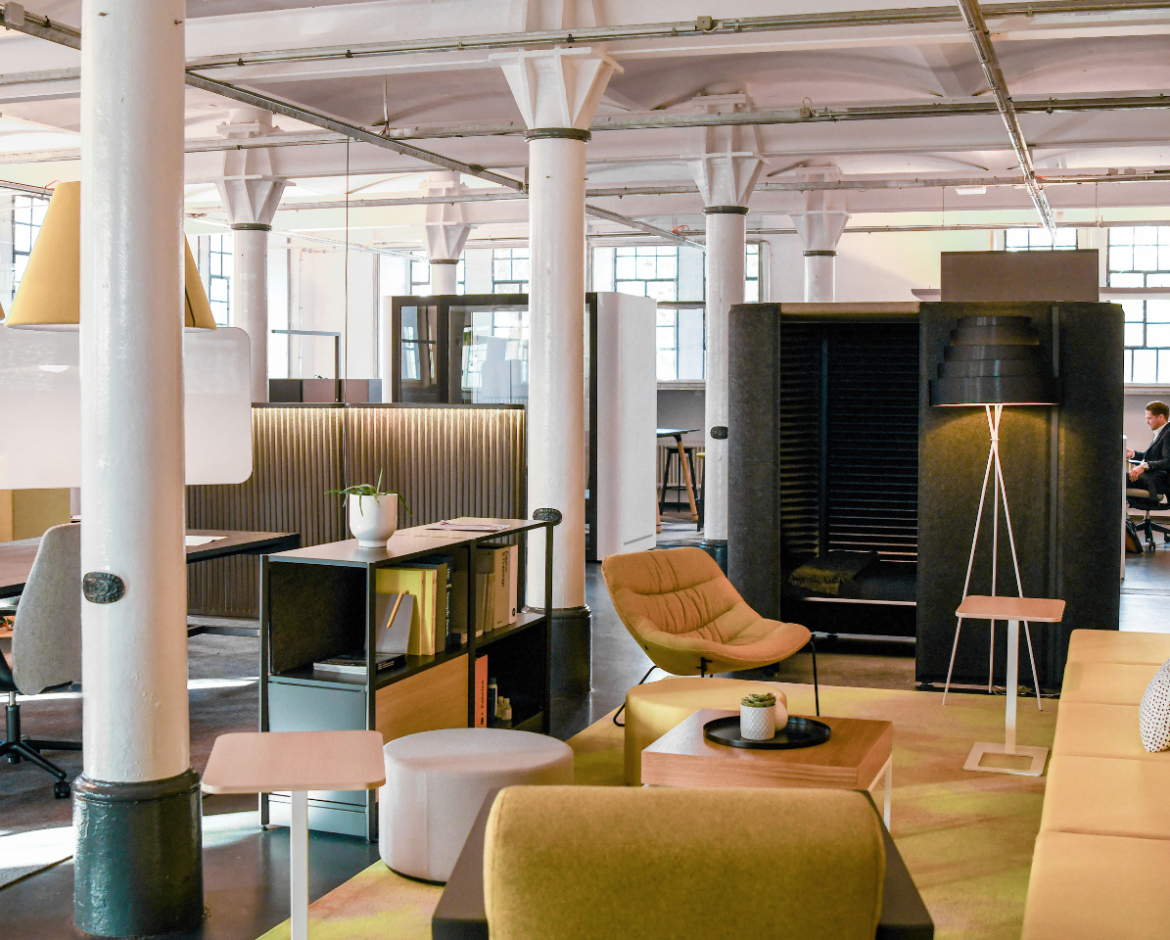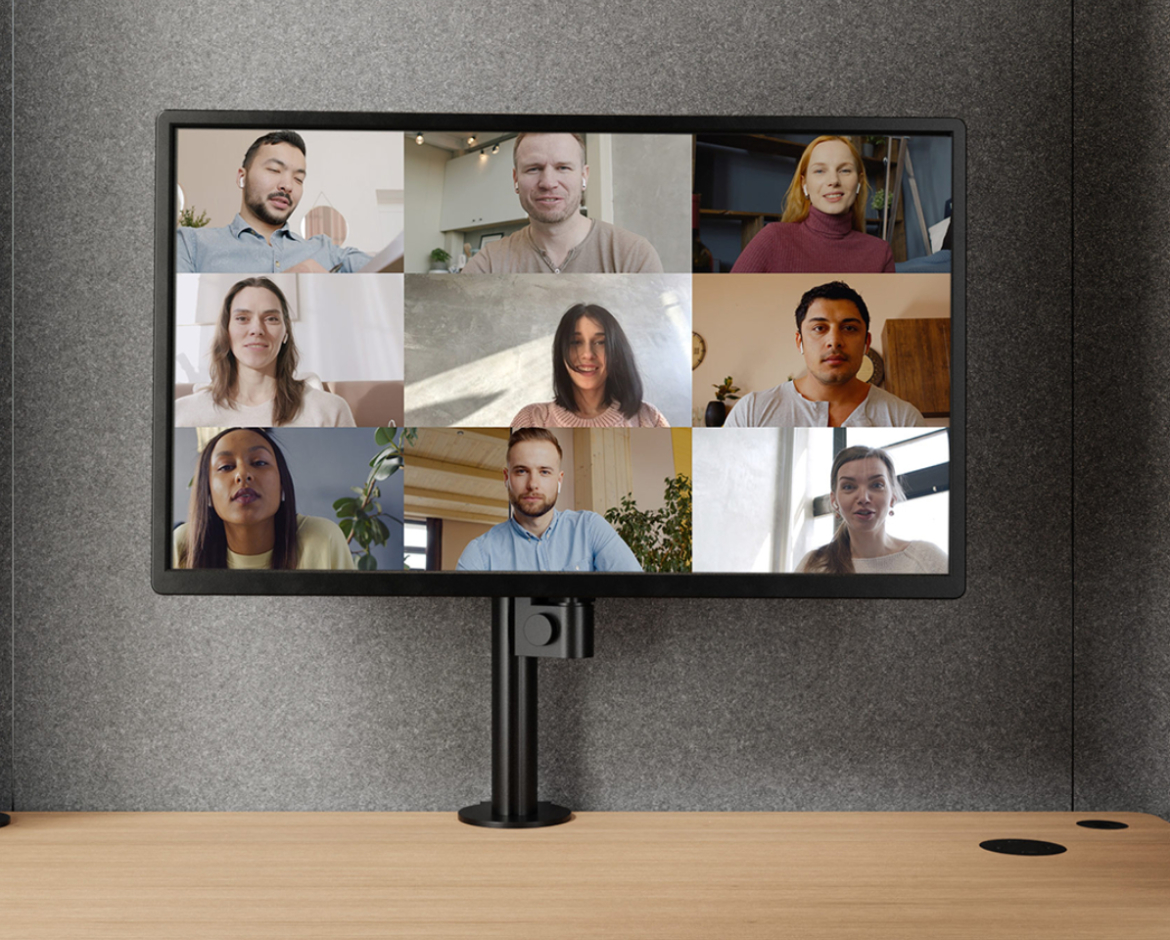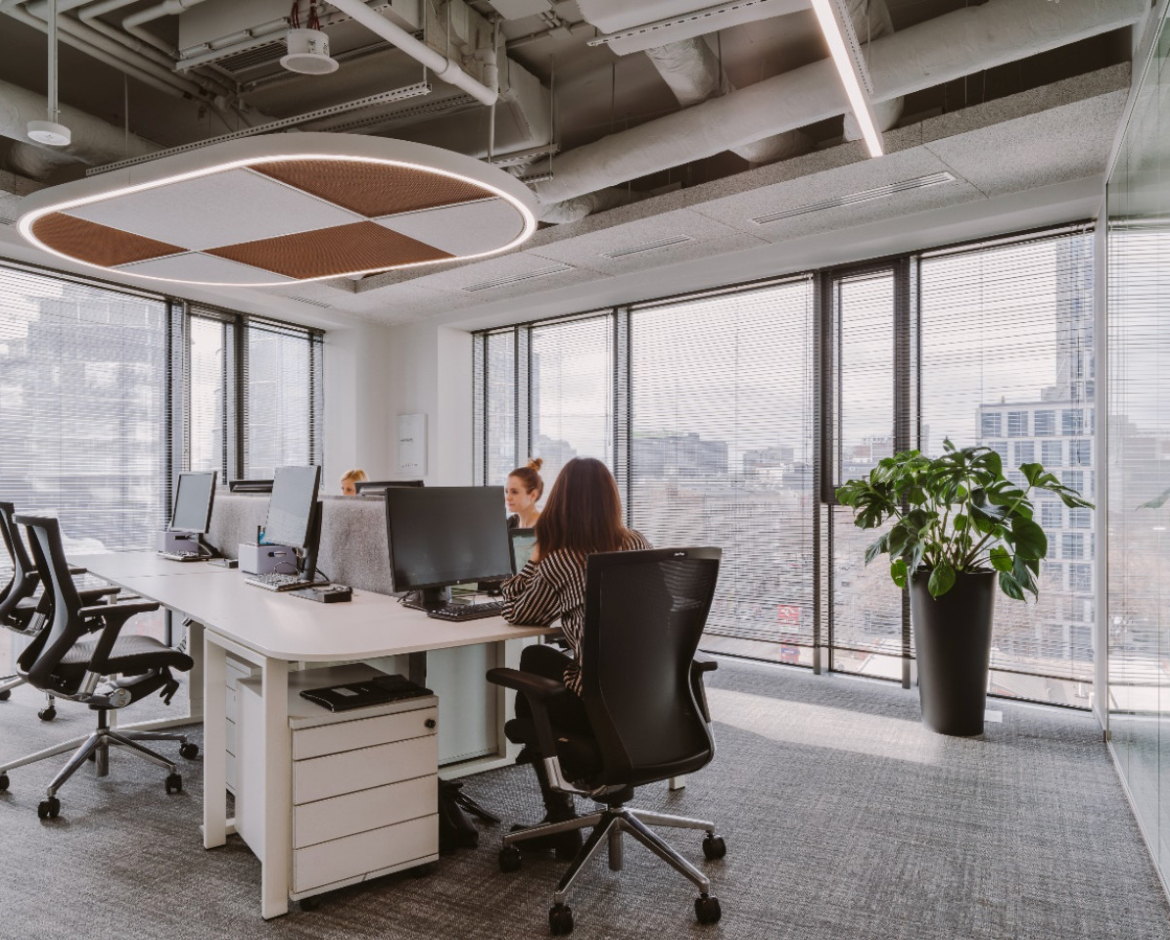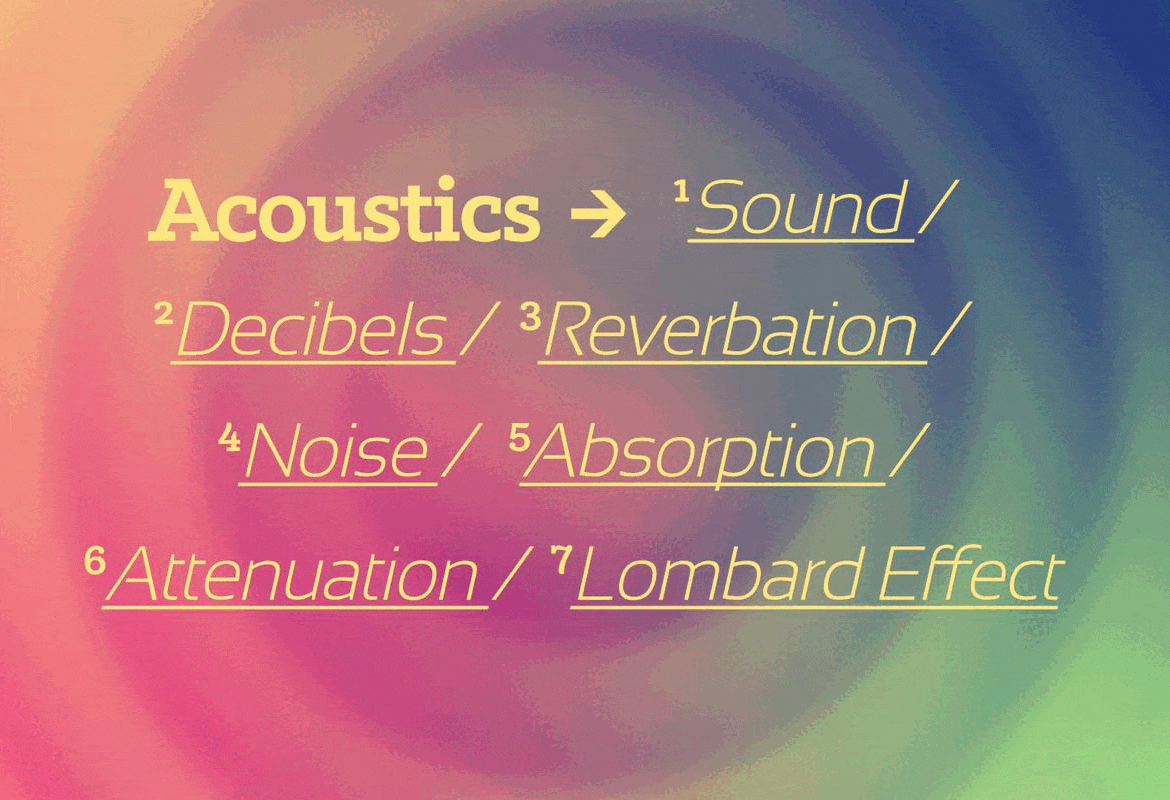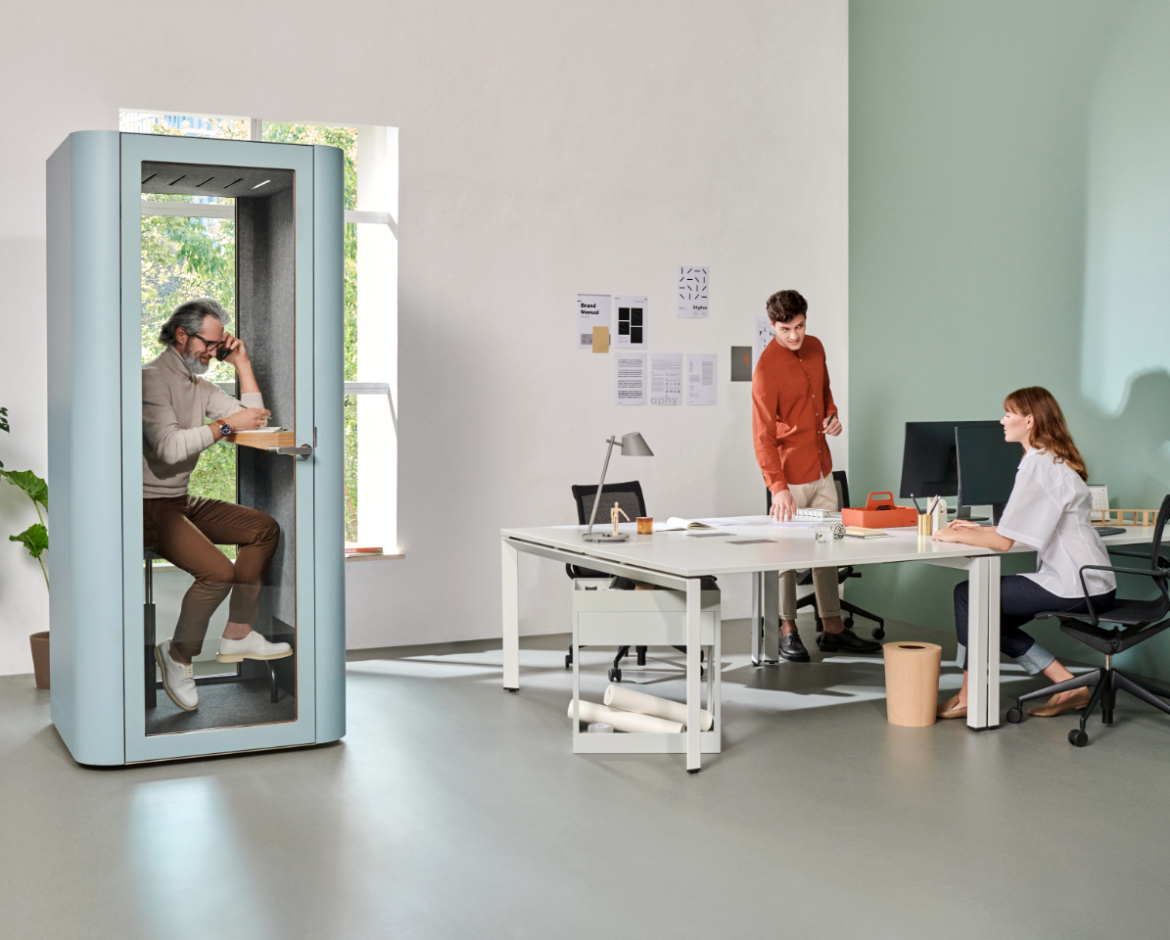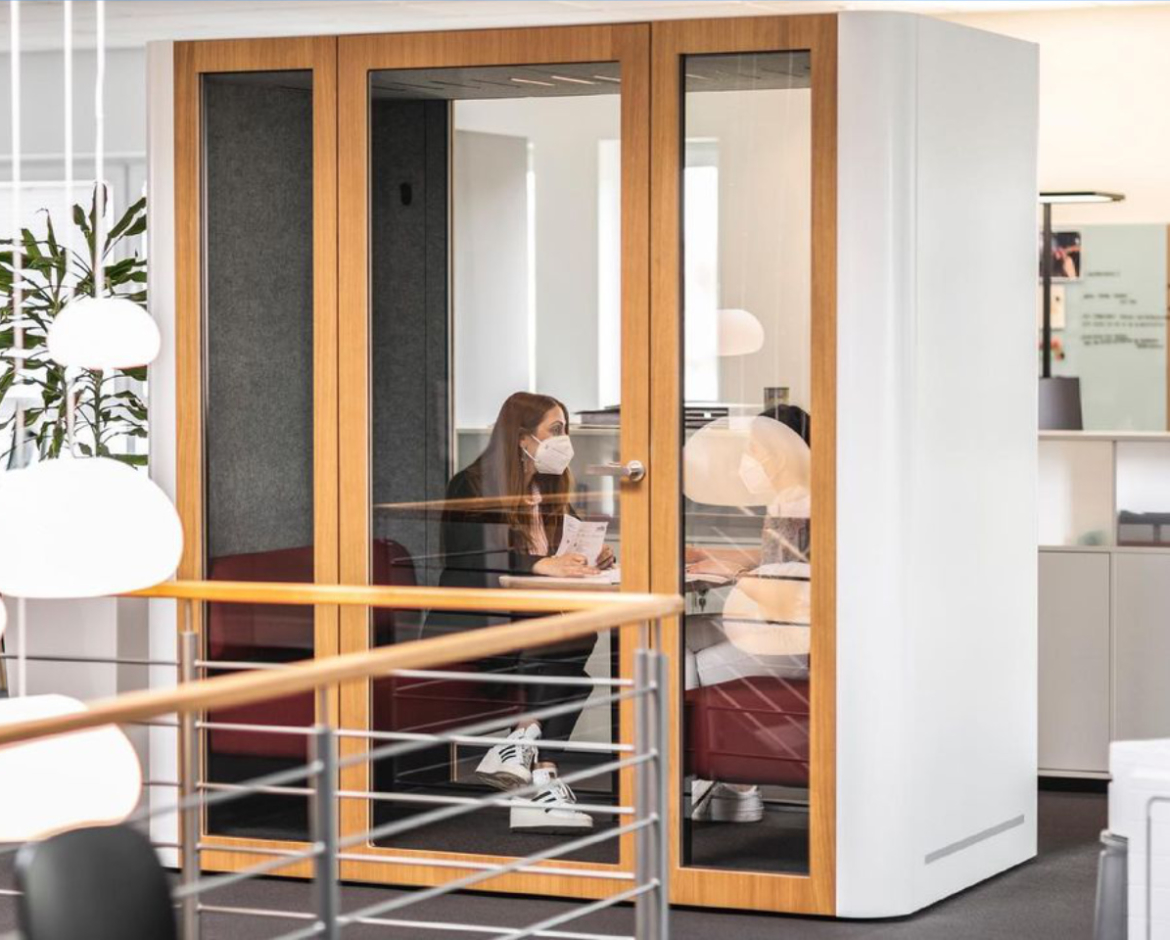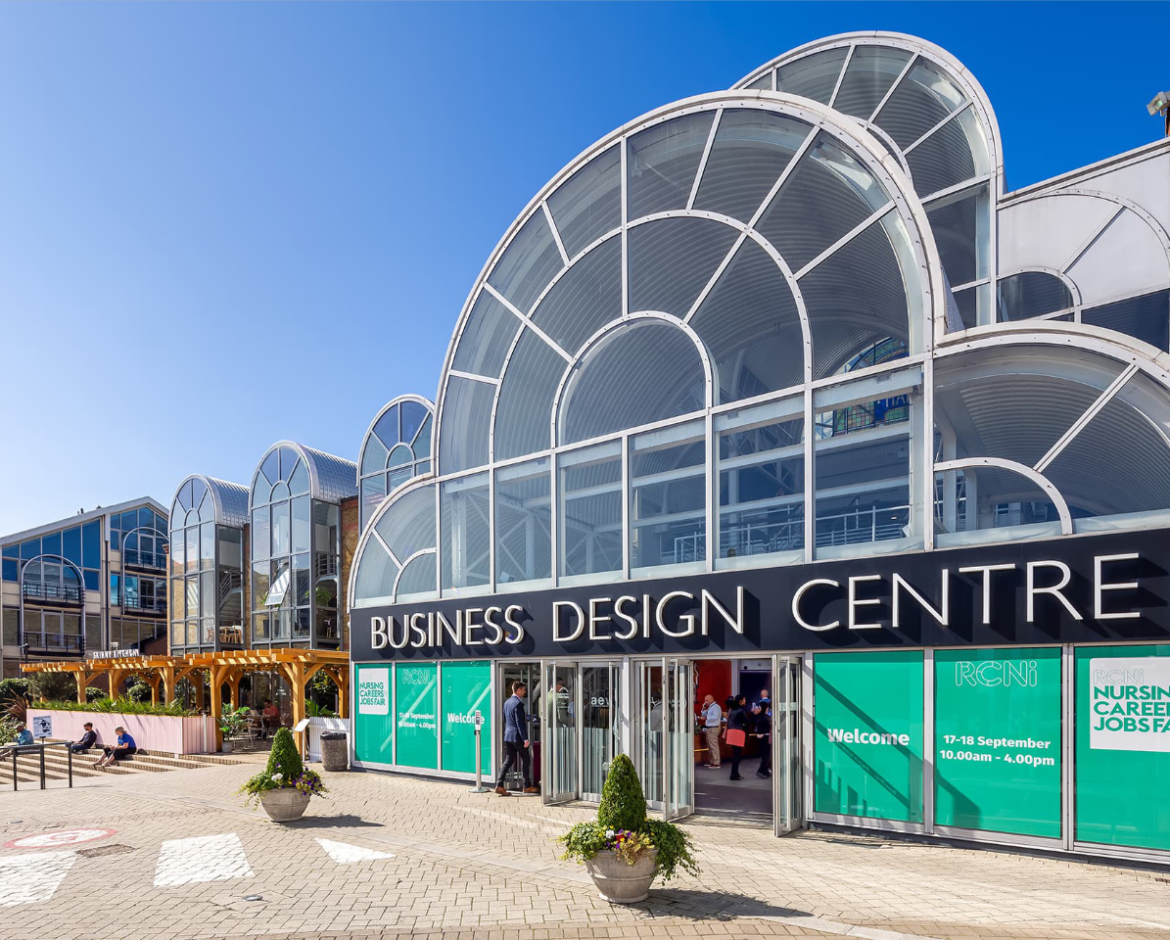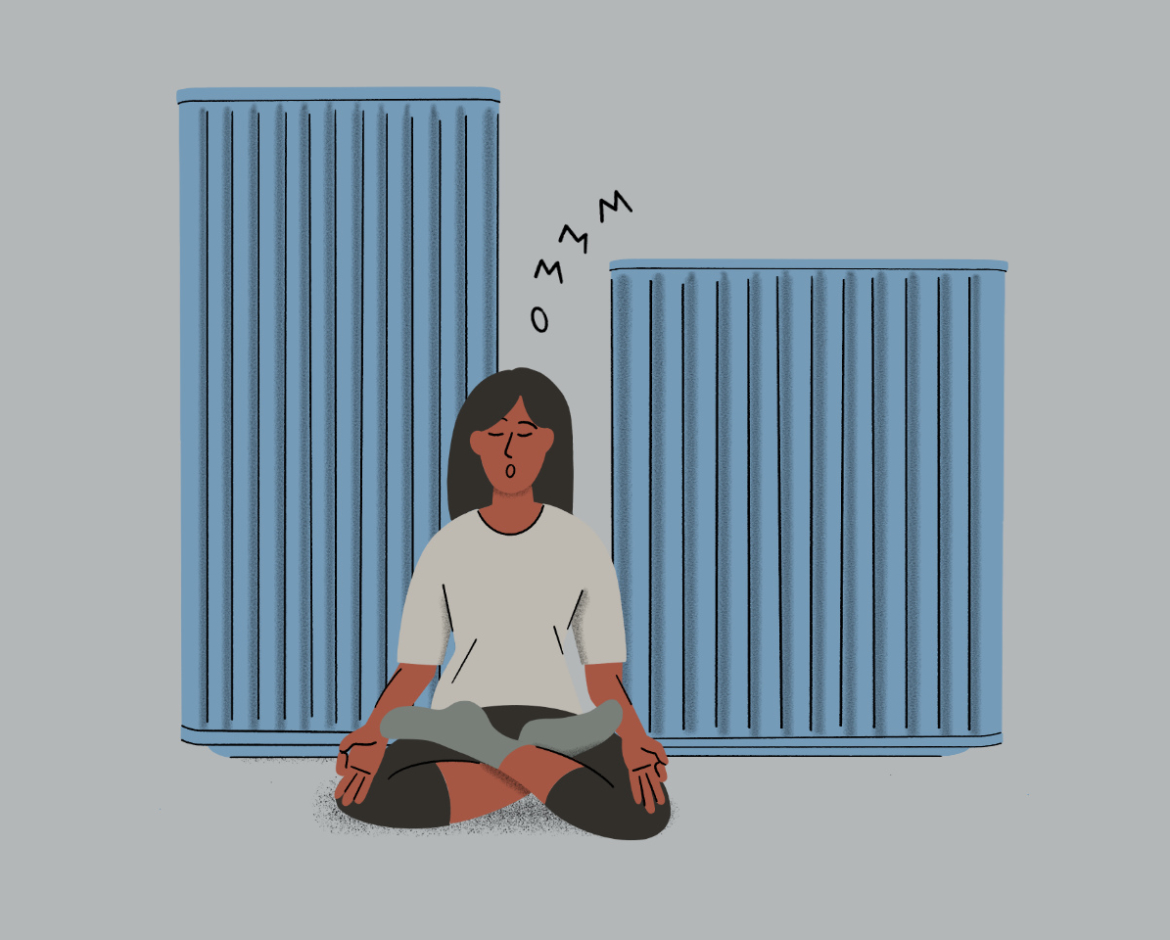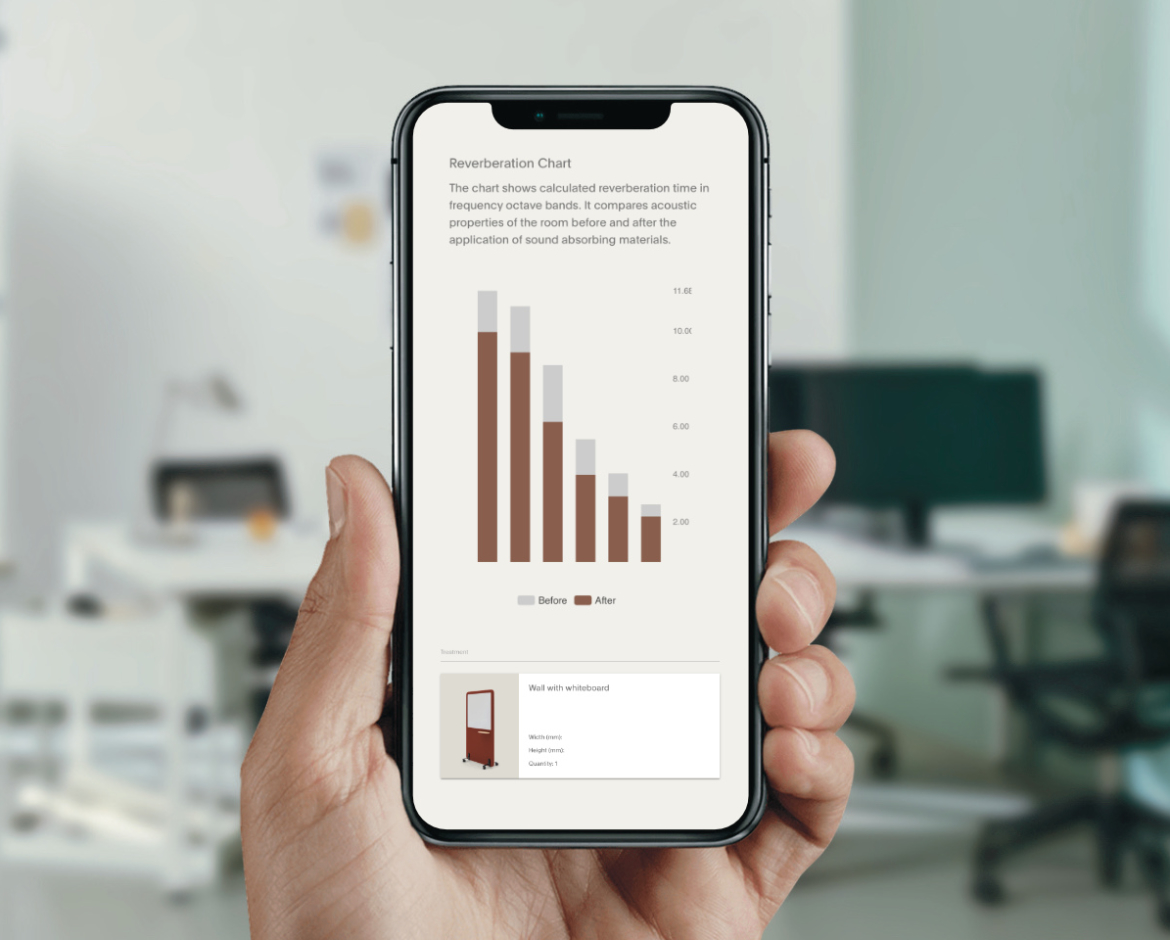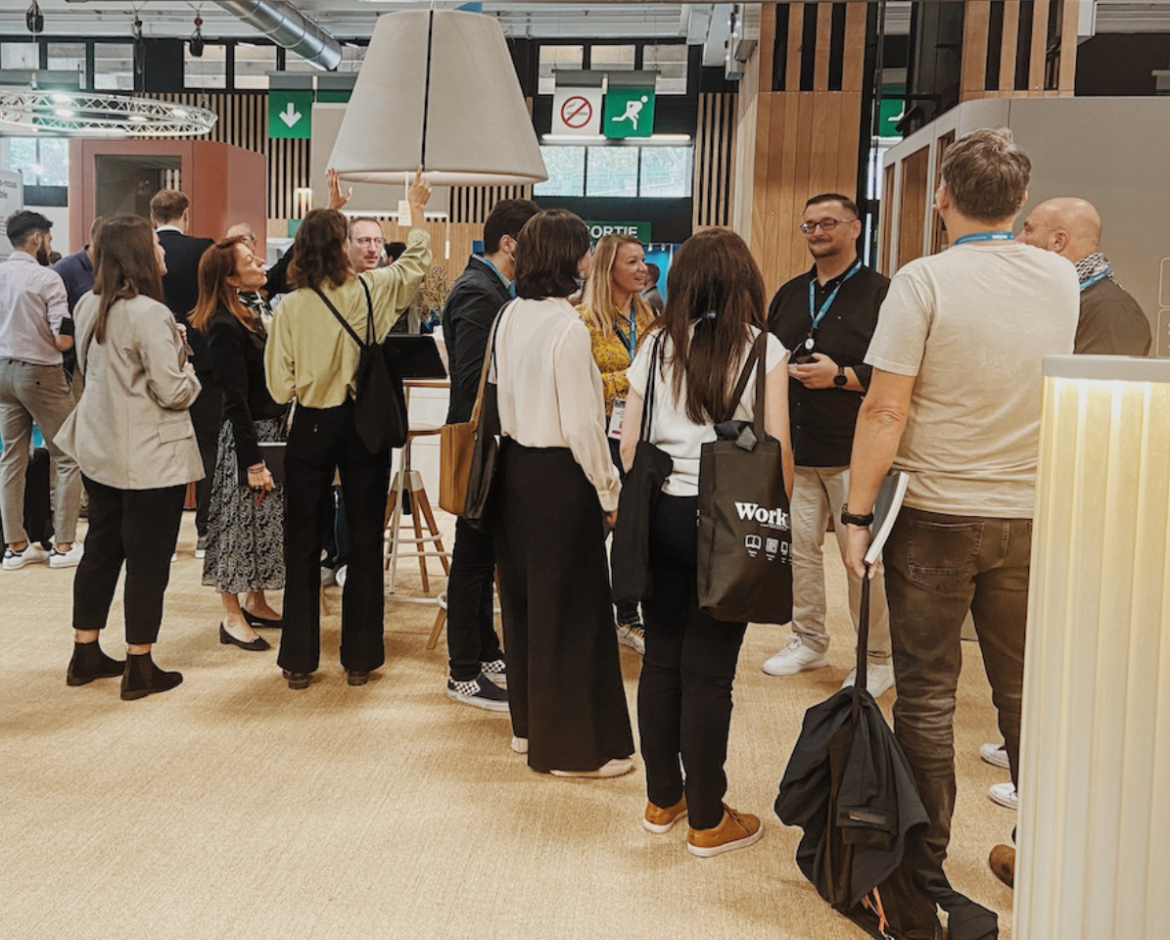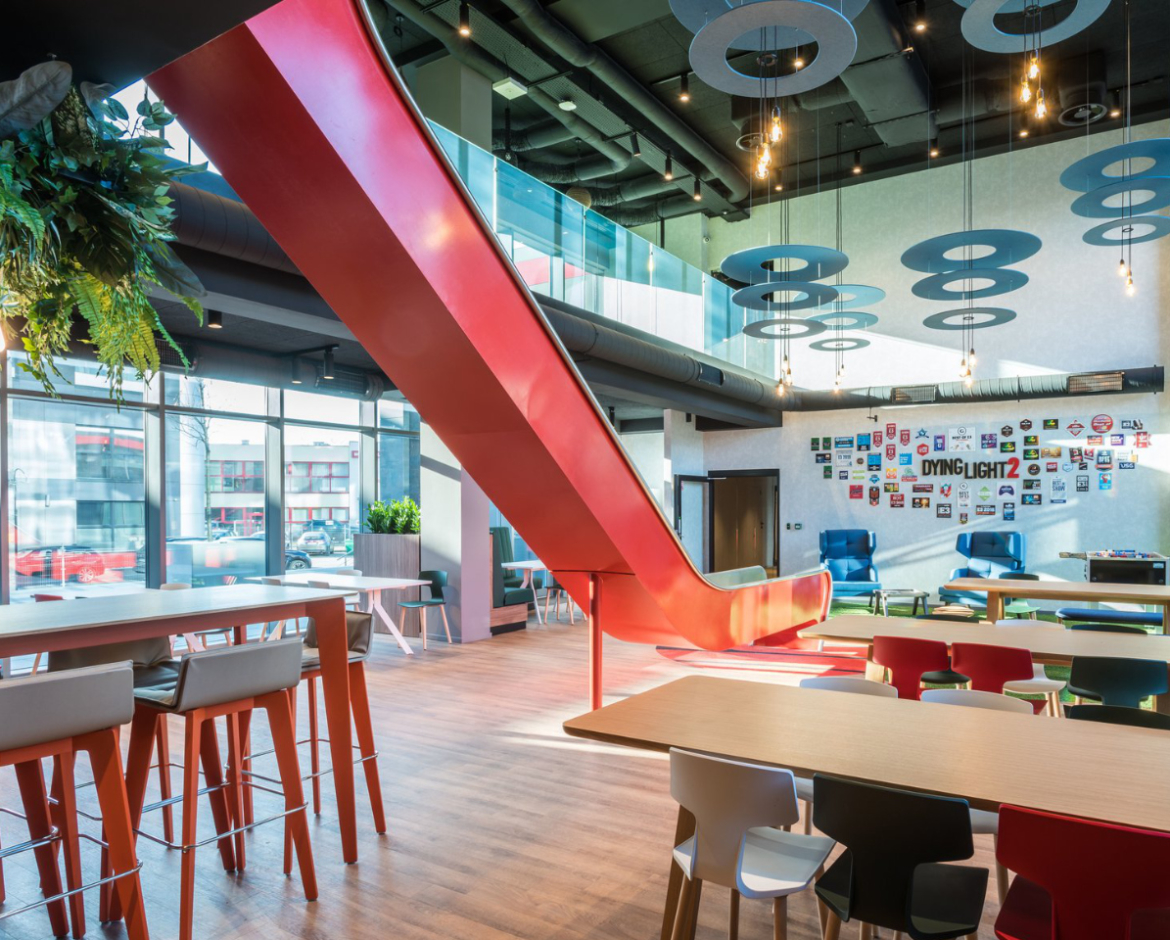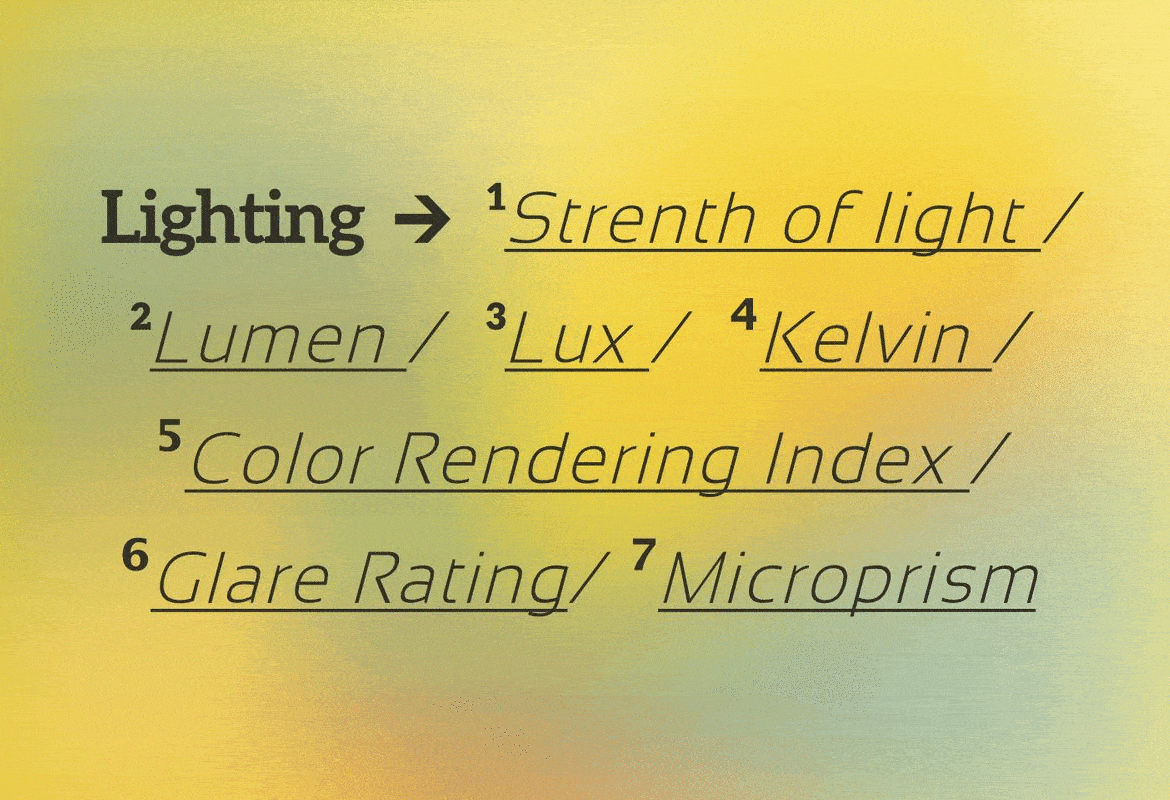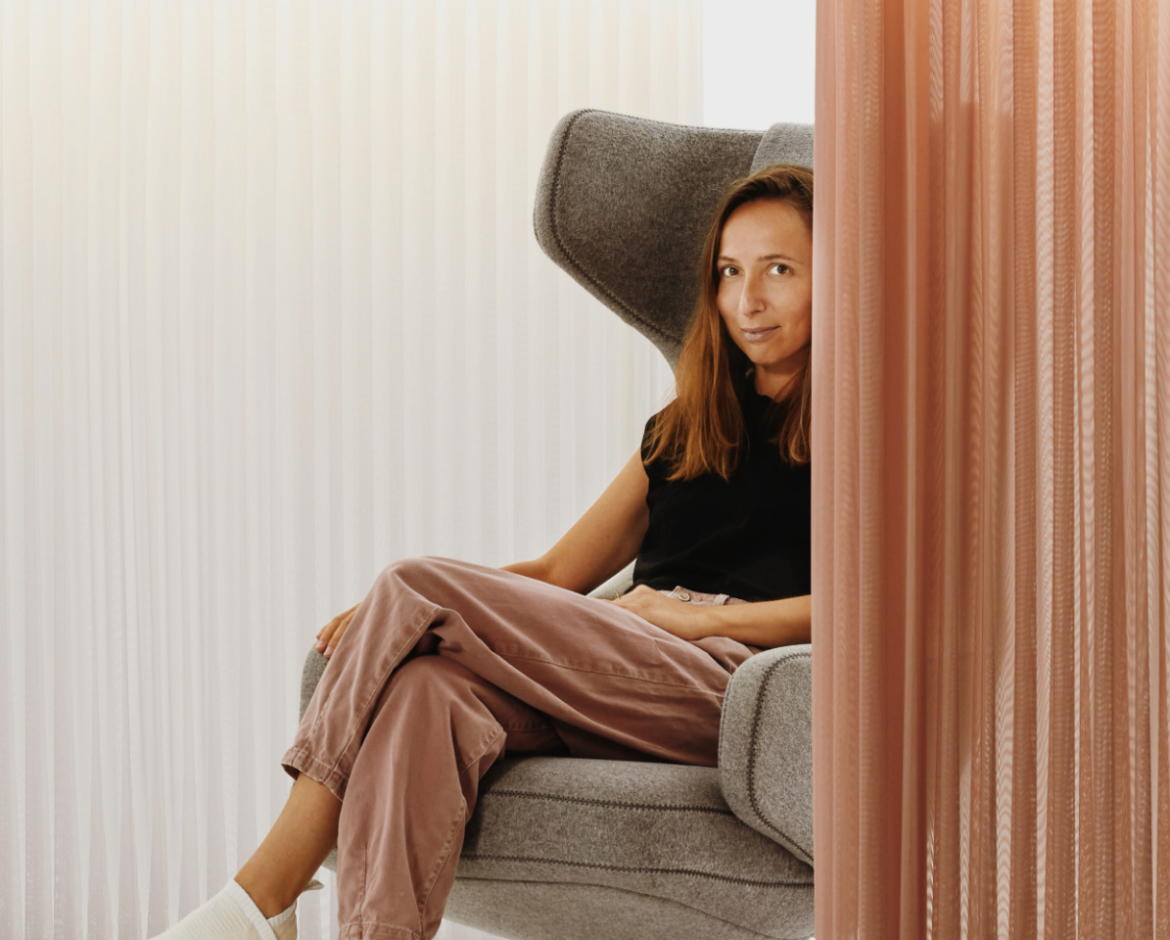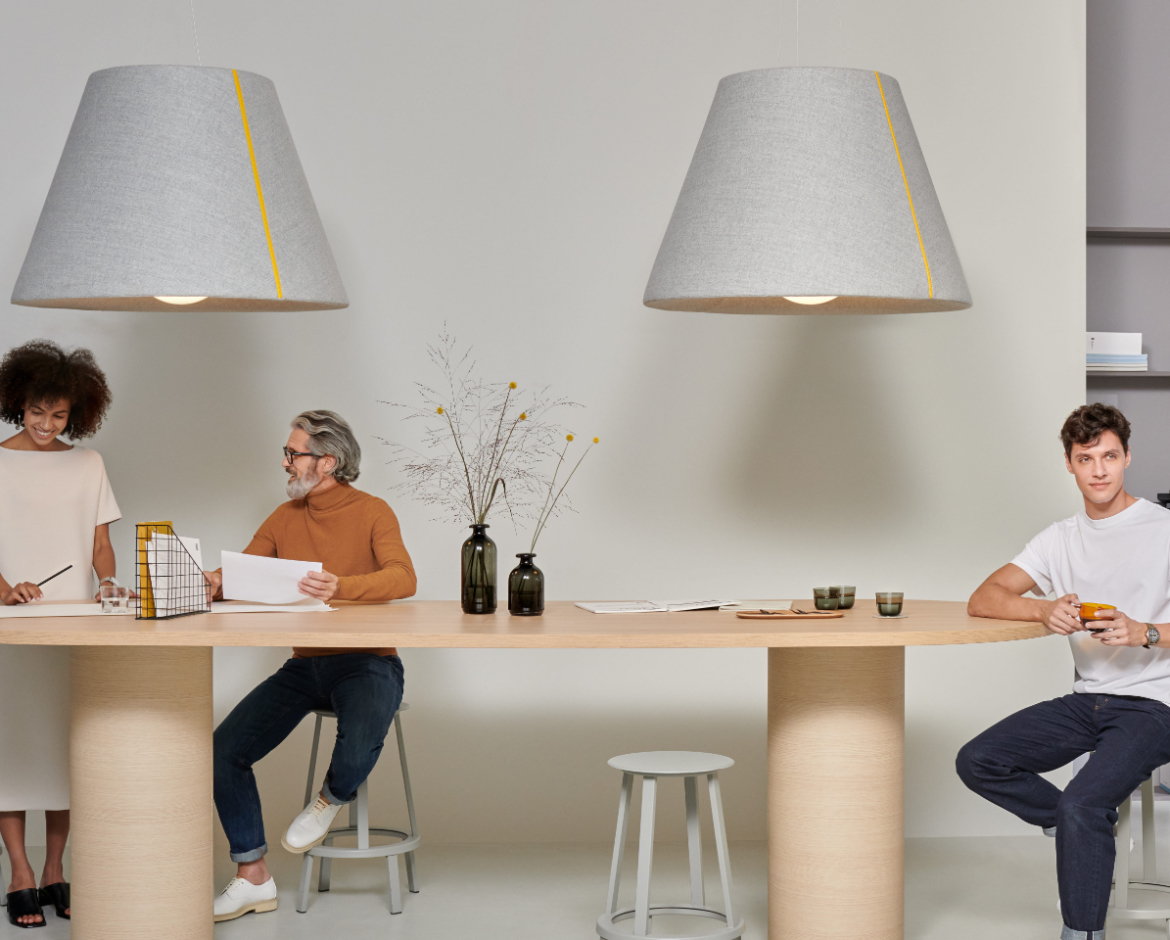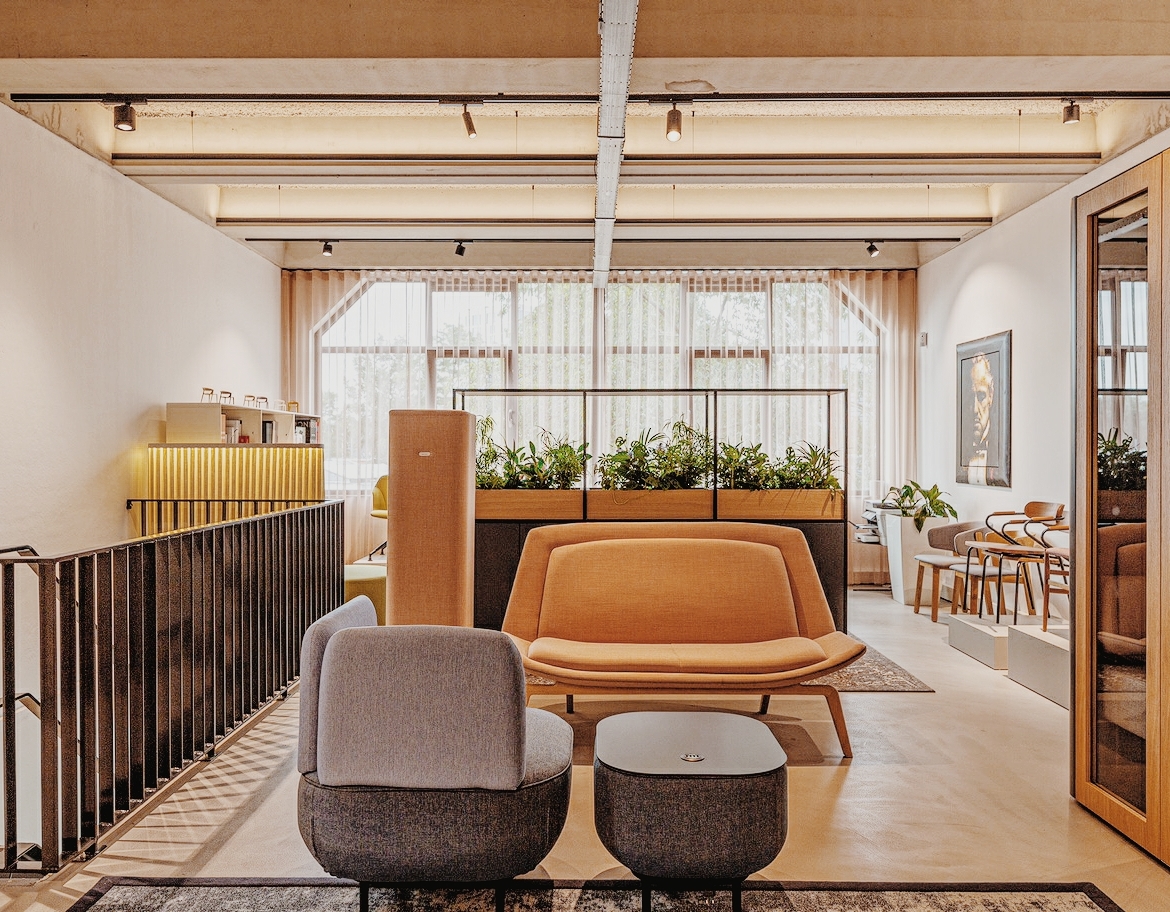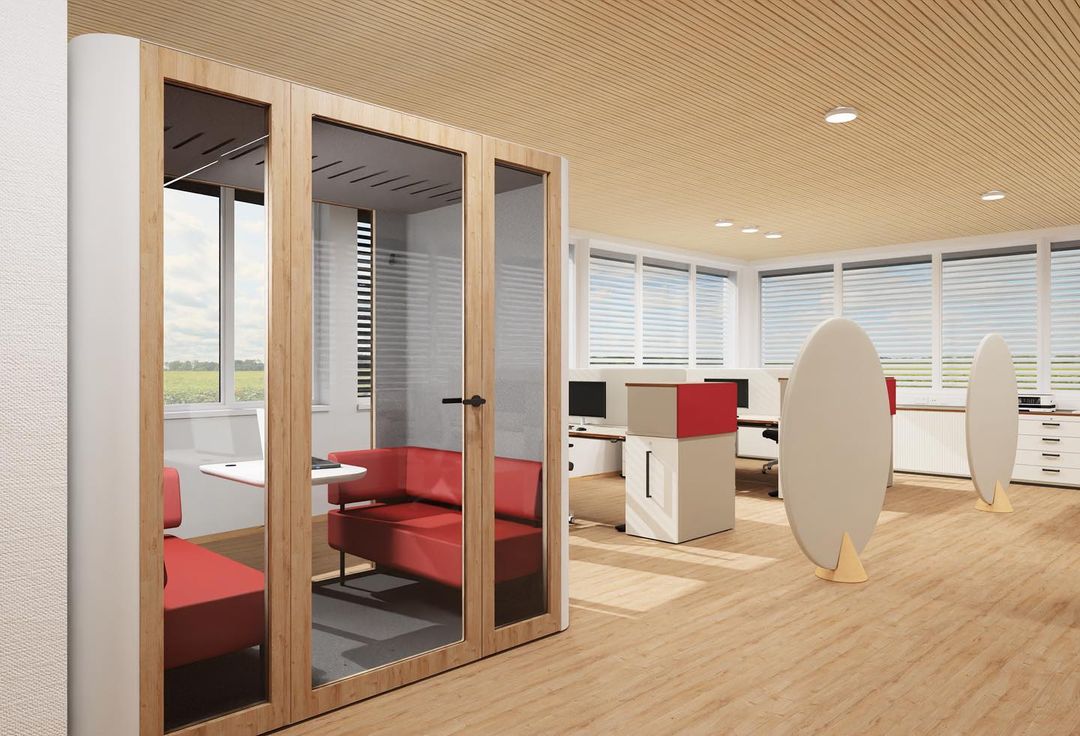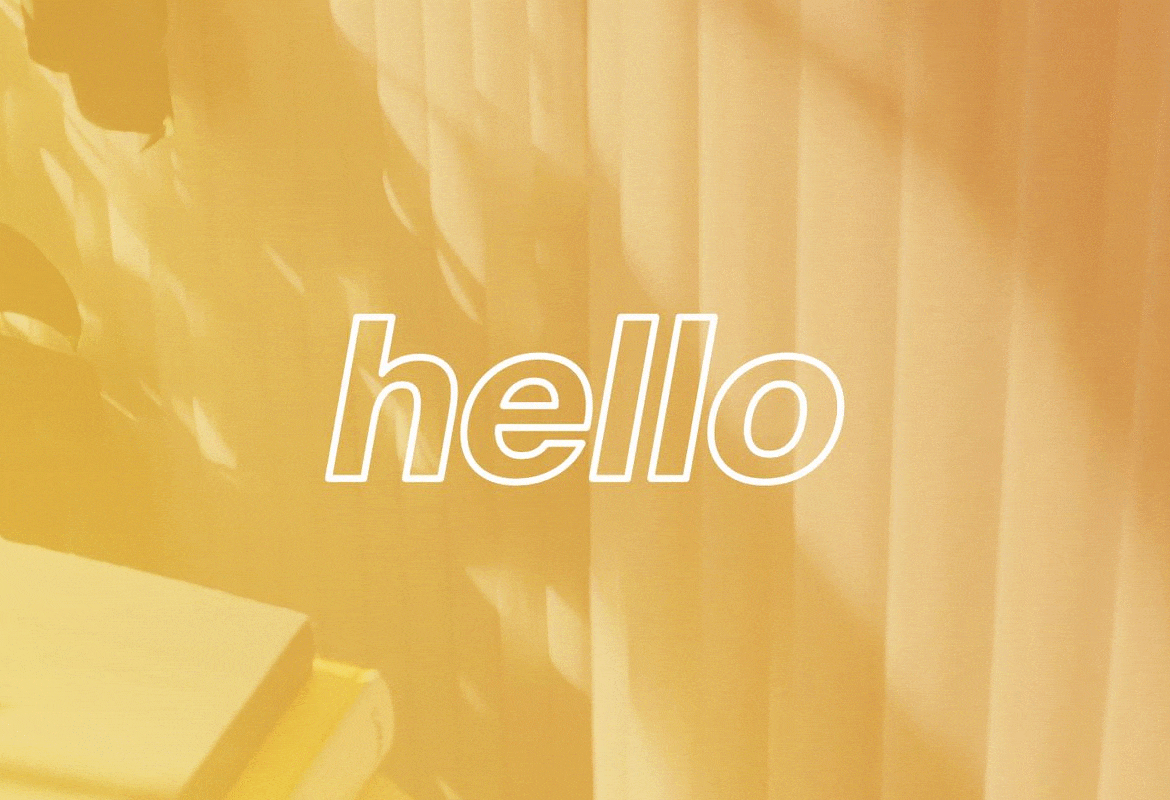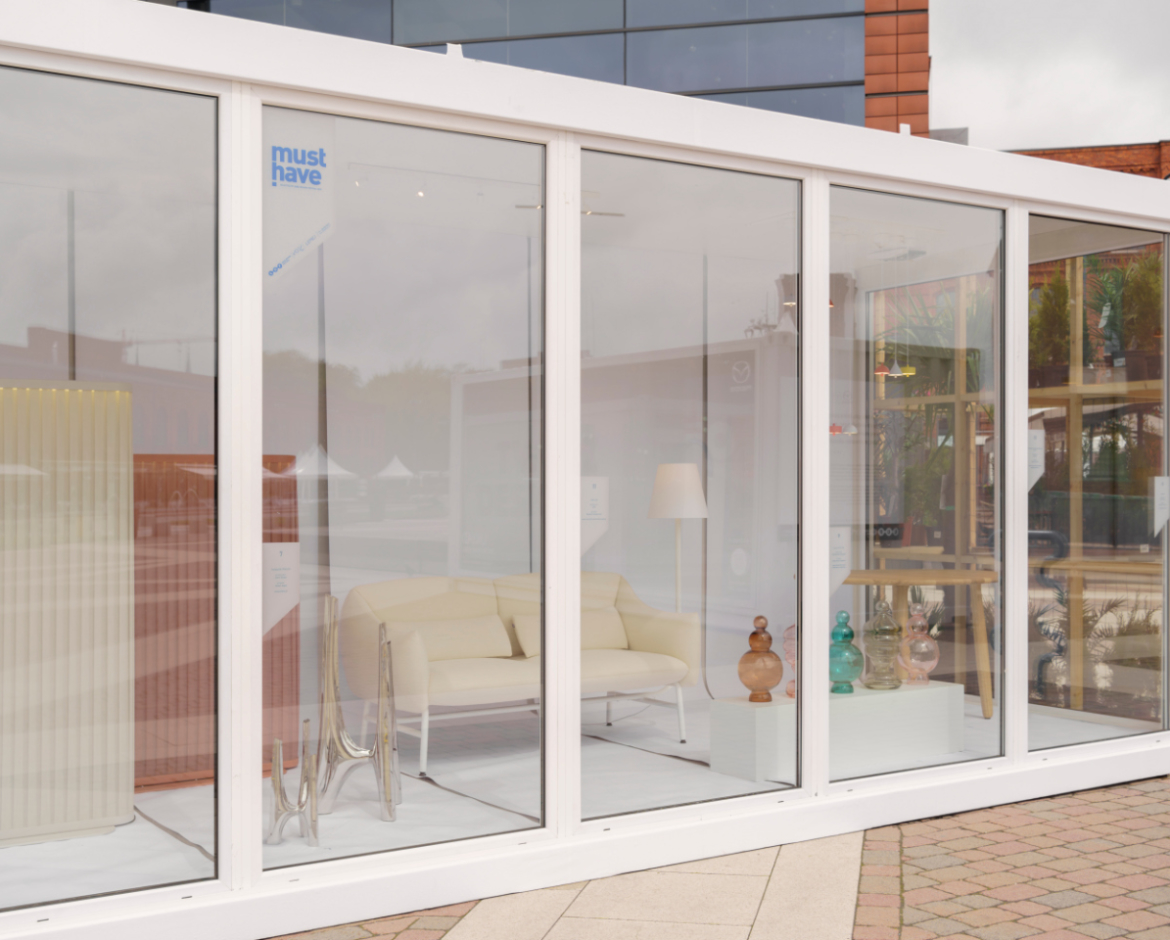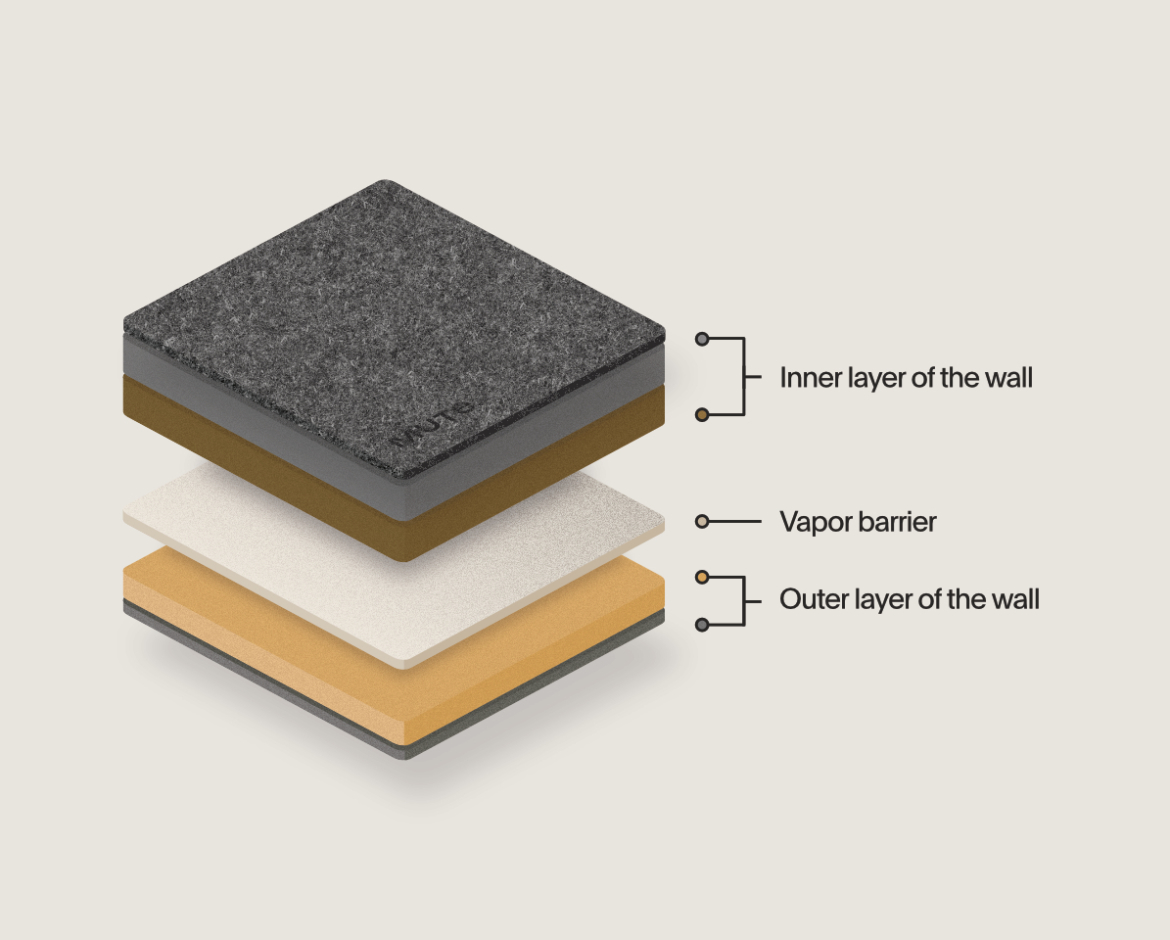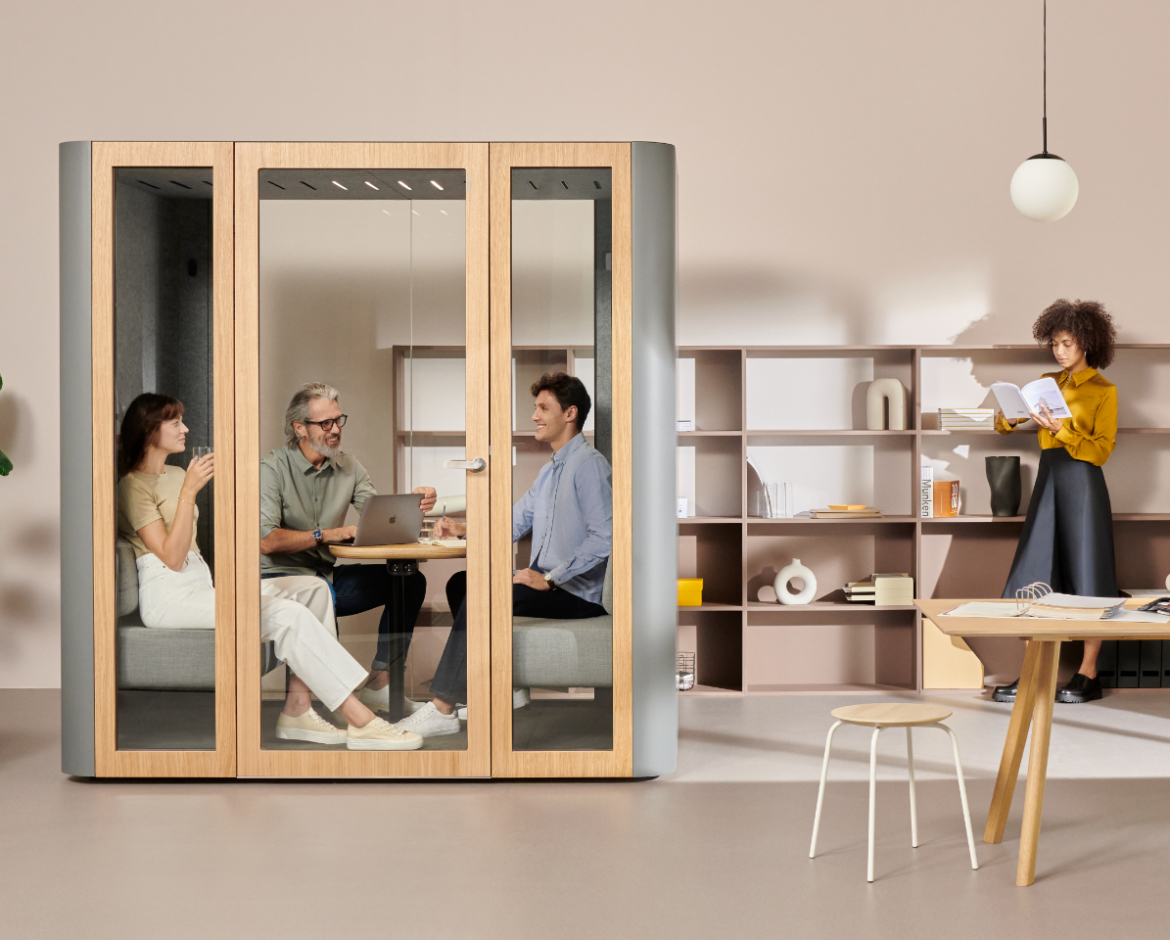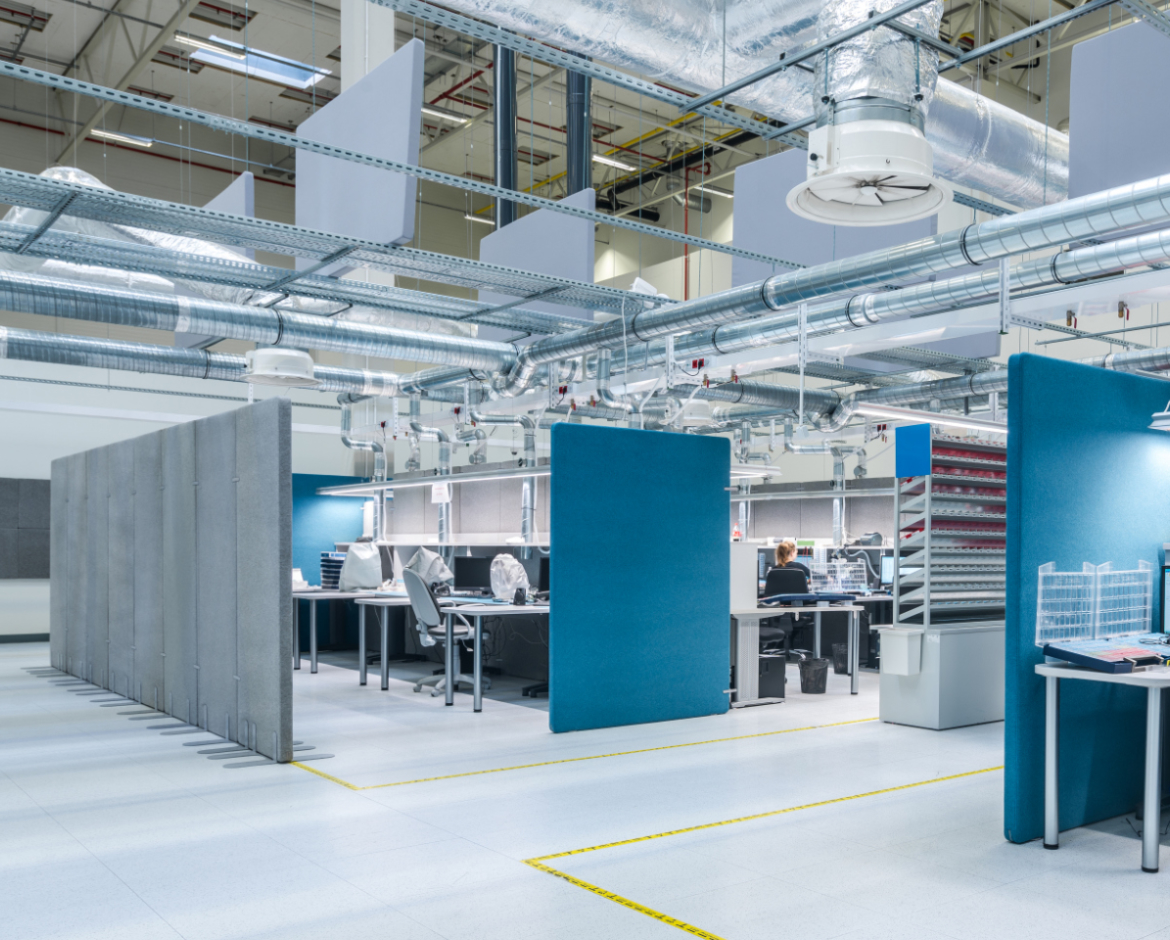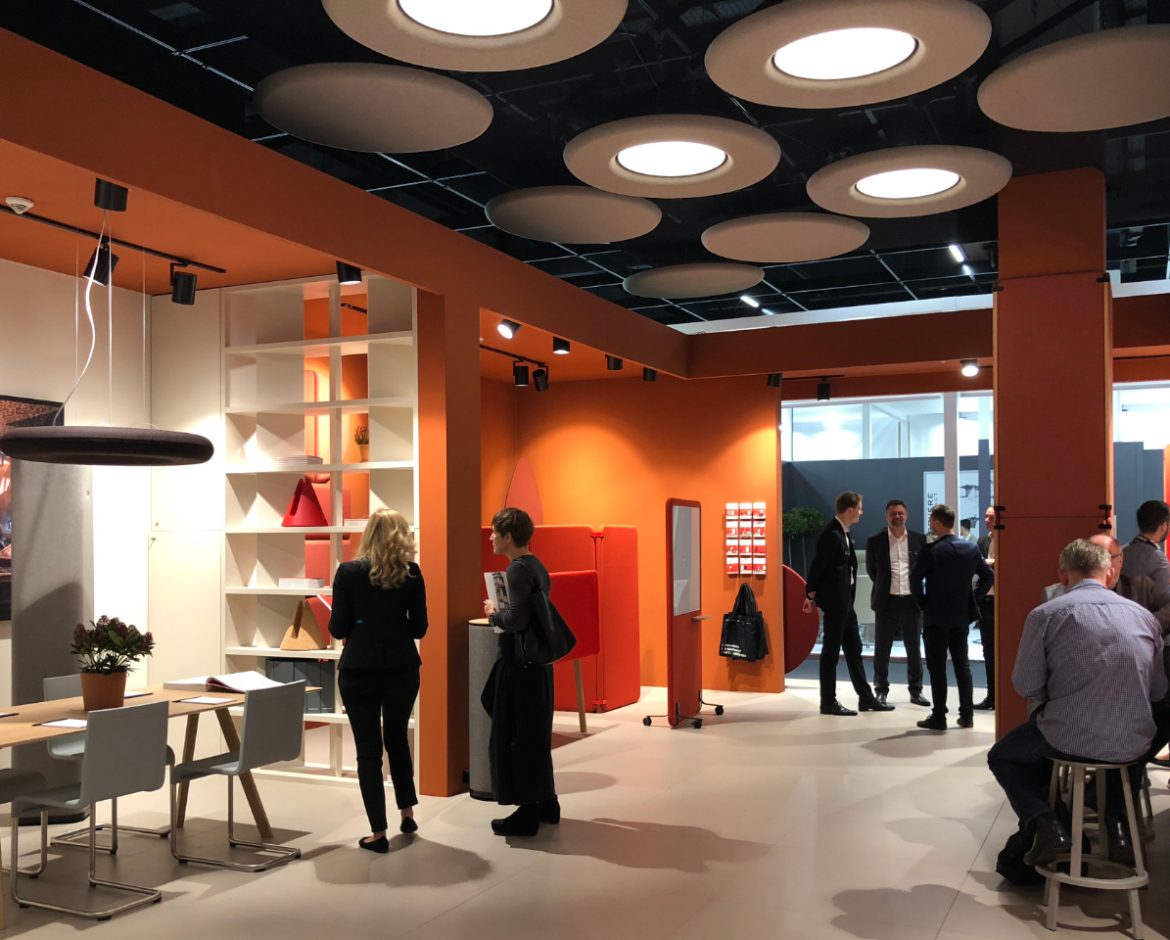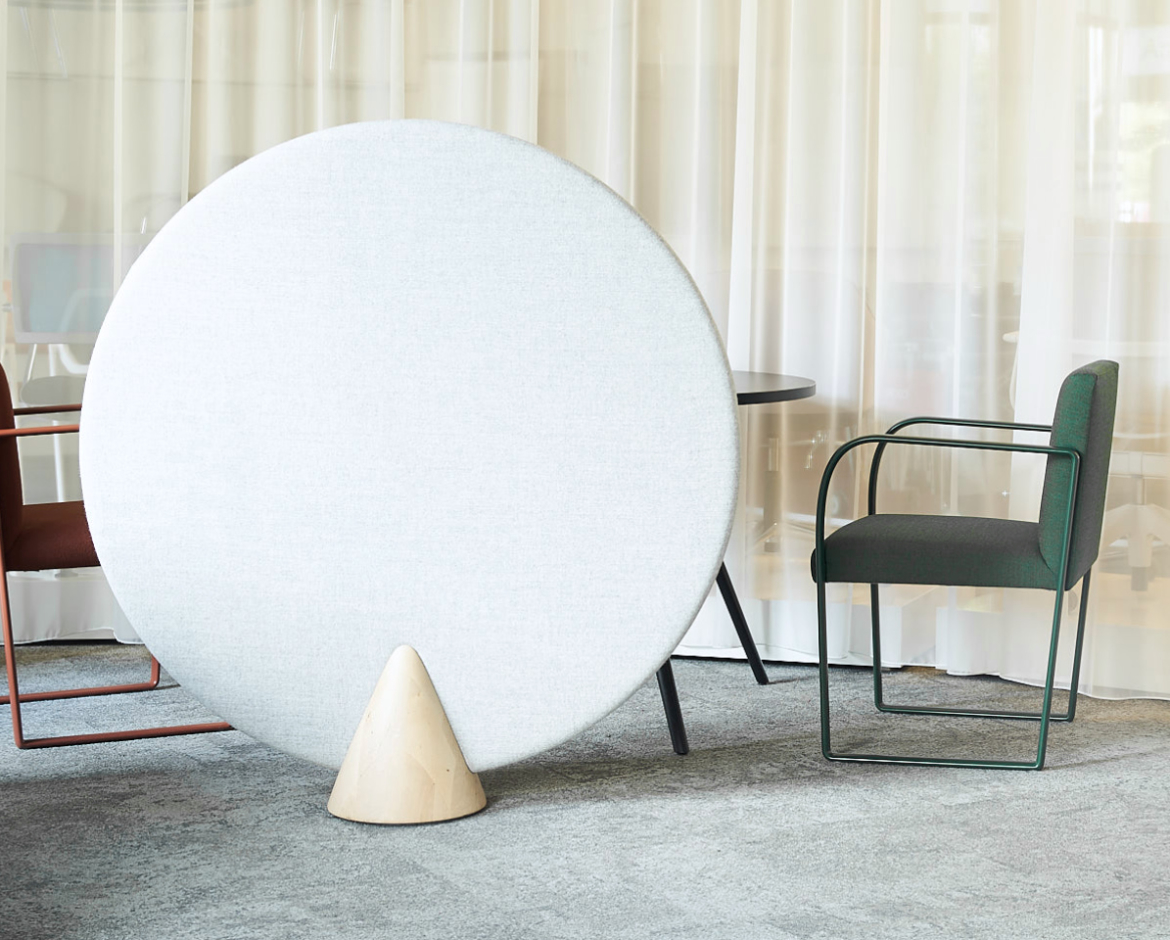In one of our previous articles, we presented several ways you can tweak your office policies or design to improve focus. Today we look at a more radical idea.
Are you familiar with the concept of “deep work”? As you can imagine, it has nothing to do with submersion or geographical depth. Long story short: it’s the level of focus that allows you to work more efficiently, especially when learning challenging concepts or producing high-quality work. The term was coined by Cal Newport, a computer science professor at Georgetown University. In his book Deep Work: Rules for Focused Success in a Distracted World, he defines deep work as a state of complete, distraction-free concentration when your brain operates at its full potential.
What is deep work?
According to Newport, the ability to deep work is the ultimate edge in a modern workplace. The reason lies in our rapidly changing world, which, ironically, requires more deep work (e.g. absorbing knowledge) than ever before. However, at the same time, the world around us is more distracting than ever with emails, app notifications, social media, and countless other attention-grabbers. As Cal Newport writes, “The ability to perform deep work is becoming increasingly rare at exactly the same time it is becoming increasingly valuable in our economy.” Want to be more productive and earn more? Do more “deep work”, says Newport.
The internal motivation to deep work
There is also a deeper meaning to Newport’s concept. Apart from the pragmatic motivation, deep work brings more joy and self-satisfaction to your workday. At the end of the day, we feel happier when we know we’ve just accomplished something significant. Think about how proud you were the last time you finished an important presentation on time or solved some tricky problem at work.
How to create habits that facilitate deep work
You can find a lot of guidelines and tips about how to incorporate time for deep work into your routine. For example, Newport suggests stepping away from social media and even taking more drastic measures, like going to the library for a few hours or checking into a hotel room for those extra-challenging tasks.
Other experts have further developed the idea of deep work and presented their own tips. Steven Kotler, the executive director of the Flow Research Collective, believes in cutting your work into smaller 90-minute chunks and starting each day with your most challenging task.
However, Sophie Leroy, an associate professor of management at the University of Washington, states that interruptions are inevitable and recommends accepting them to alleviate some of the negative emotions they cause. She even proposes a “Ready to Resume” strategy, which entails keeping a blank piece of paper at hand so that, at each interruption, you write down where you are at with the task so that you can shift your attention back to it more fluidly.
The Eudaimonia Machine – the blueprint for the deep work office?
All these tips could help employees plan their individual work better. However, let’s not forget that, oftentimes, the concentration problems stem from the way offices are set up. Many workspaces are just naturally prone to interruptions and distractions. So how can one create an office that genuinely fosters concentration? How would you imagine an office designed with the “deep work” concept in mind?
In Newport’s book, David Dewane, an architecture professor, presents the architectural concept of the Eudaimonia Machine. The strange-sounding term is a Greek word for the highest state of “flourishing and prosperity.” Dewane’s revolutionary layout is meant to boost both. His concept envisions a floor plan with five main zones, without a corridor and hallway between them.
Every room in the Eudaimonia Machine leads to the next, effectively funneling an employee through the whole office and into its most critical room: an area for deep work with a set of several comfortable soundproof pods. What’s important is that each next “level” has less noise than the previous one, assuring that the parts located at the back of Dewane’s office are the most peaceful and quiet. Let’s walk through each room and uncover how these rooms ought to trigger the appropriate cognitive state.
The Gallery
The office entrance is set up to showcase company work, clients, awards, certifications or other material that represents the organization. These displays function as inspiration for employees and visitors and motivate them as they enter the space. After all, who wouldn’t want to add some of their best or more important work to the display?
The Salon
The salon is something between a coffee shop and a collaborative hub: a comfy place to hang out, talk, and debate. The salon is critical because, as Dewane highlighted, his concept doesn’t focus entirely on individual, focused work. The importance and potential of cooperation should not be underestimated. The Salon aims to optimize both these processes and separate them to make them more effective.
The Library
The library is the “hard drive” of the organization, containing books, albums, magazines, and documents produced here; essentially these are all the written resources that could be useful at work. Employees can easily grab materials required for their projects or dive into a learning resource, like a lecture, for inspiration. It’s also designed to be a natural barrier between the chatty salon and the last two stages of the machine.
The Office
The office is the light work area. It’s the place that most closely resembles a traditional open-plan office, including workstations, a conference room (or an office pod if there’s not enough space for a full conference room). Here employees spend a big chunk of their time completing less demanding tasks, like answering emails and other administrative work. Newport calls those activities “shallow” work, noting at the same time the importance of handling all the necessities of a business fluently and efficiently.
Deep Work Chambers
Here is where all the magic happens. At the last stage, an employee walks into one of the “deep work chambers,” effectively soundproofed, one-person booths. They are fully equipped with all office necessities (tabletop, proper ventilation, LAN, and USB connections), but are peaceful and isolated enough for focus and workflow, even up to several hours. Not so long ago, designing and implementing a space like this would be both challenging and costly. Fortunately, now with all office pods and soundproof office booths on the market, it’s easier than ever to provide a place of solitude for deep work.
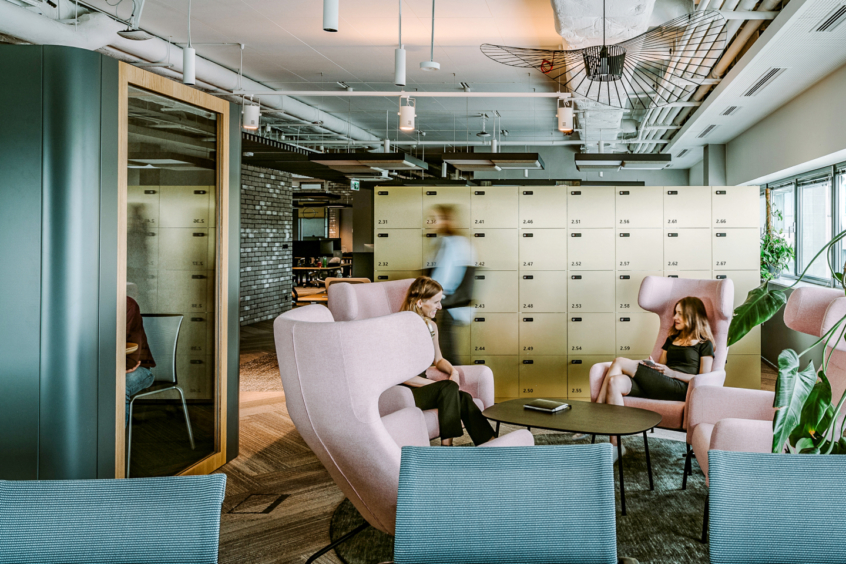
“Ridiculous” or “visionary”?
It’s not surprising that such a radical idea stirred up some controversy and gained varied feedback (from “ridiculous” or a “great way for an architect to burn someone else’s money” to “David is definitely a visionary.” The spectrum of feedback can be found here). Bearing in mind that such a layout isn’t necessarily easy to implement or may not apply to every organization, we must admit we are intrigued by the idea. One of the most significant advantages of this floor plan is that it distinguishes the different types of work we perform every day and creates a proper zone for each one. Therefore, every person can change locations based on the task they want to focus on—and feel comfortable doing so.
Due to the Eudaimonia Machine’s limitations, it may not be a worldwide phenomenon anytime soon (although it has already gained some traction in the United States), but it shows that it may be worth rethinking office design and including more zone-oriented concepts. So, what’s your opinion? Would you give Eudaimonia Machine a try?

